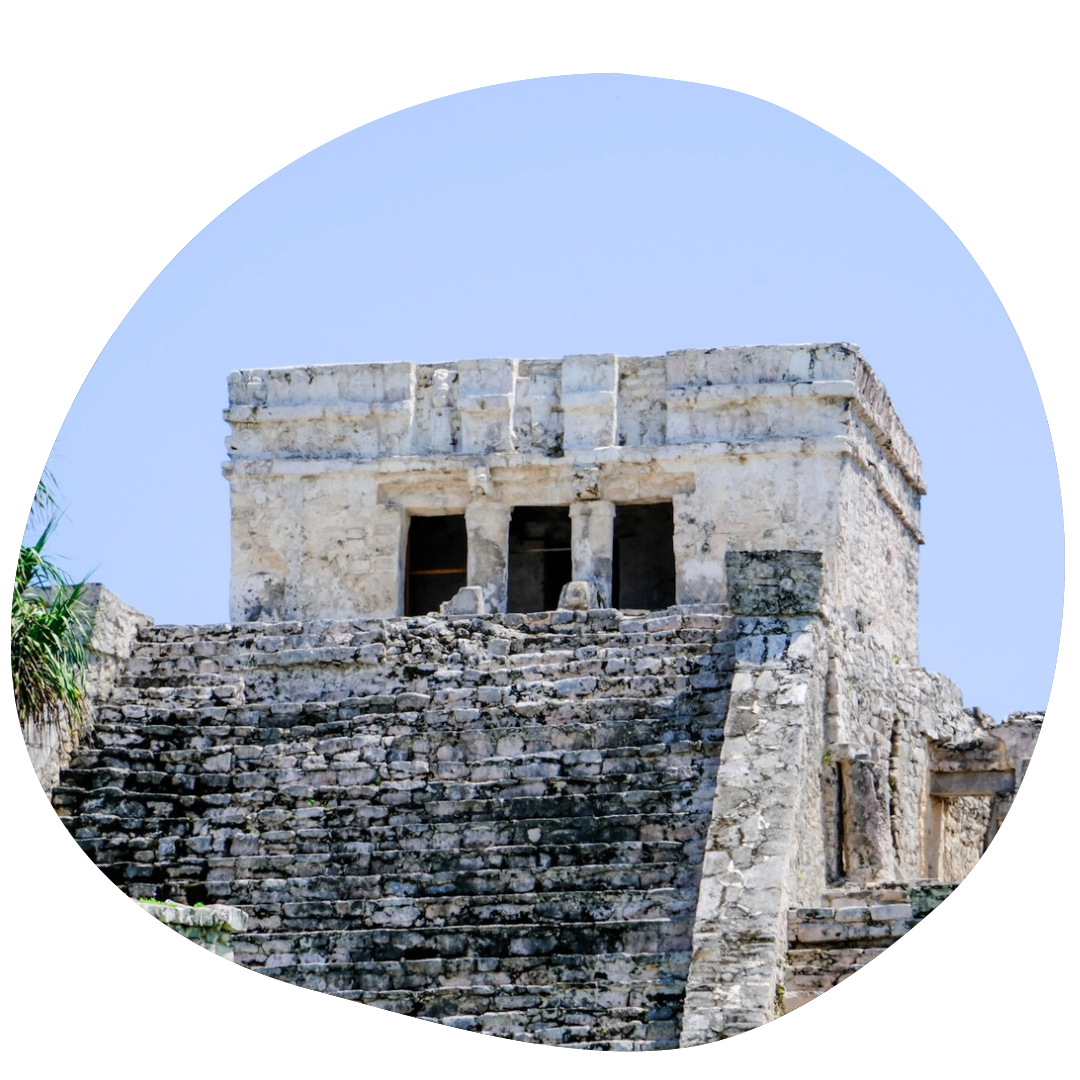
What Are The Best Mayan Ruins in Mexico for Families
Are you looking to see the best Mayan ruins in Mexico? The Yucatán has iconic Chichen Itza to hidden gems like Kohunlich, Becán, and Calakmul. Explore jungle sites, climb pyramids, and avoid crowds with insider tips on timing. Perfect for adventurous families seeking history and solitude.
saltyvagabonds
Destinations
Travel Tips
Planning
About us
Saltyvagabonds
If you click on links we provide, we may receive compensation.
We spent five and a half months exploring the Yucatan Peninsula. We uncovered some of the best Mayan ruins for families in Quintana Roo, Yucatán, and Campeche. With over 200 sites to discover in the region, we experienced many incredible ruins and are excited to share our favorites!
We visited so many incredible locations steeped in cultural significance, including two museums. Each site left us in awe, blending the “wow factor” with a profound connection to the ancient peoples who once thrived there. These spots truly brought history to life for our family.
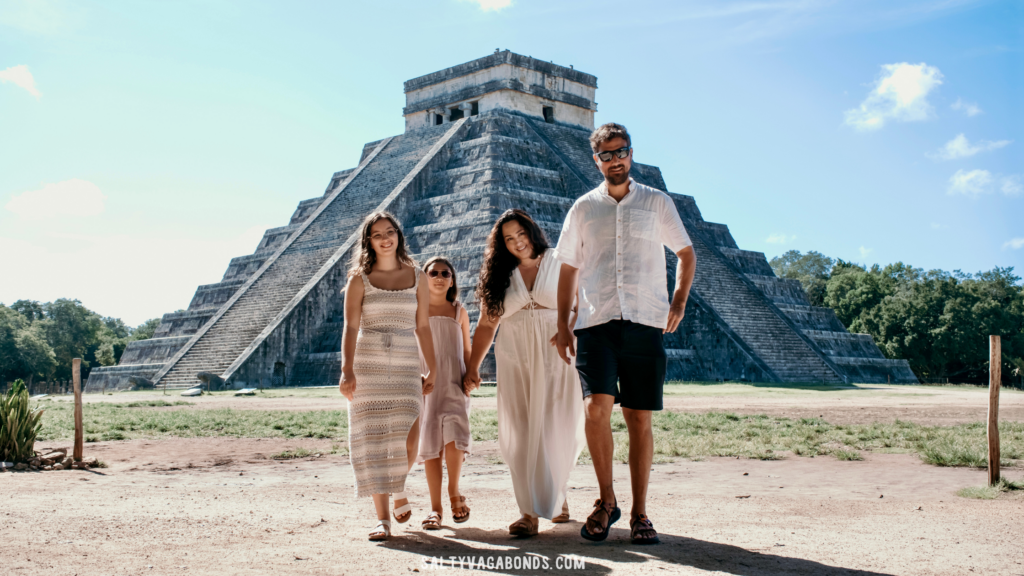
Zona Arqueológica de Coba
Coba is an absolute gem, especially for those looking to experience one of the Yucatán Peninsula’s most impressive ruins. Home to the second-largest pyramid, the Nohoch Mul Pyramid, it’s a must-visit spot. The best part? You can actually climb it! The view from the top is incredible, giving you a unique perspective of the surrounding jungle and the Mayan world.
Located just a two-hour drive from the Cancun area, an hour from Tulum, and about 1.5 hours from Playa del Carmen. This is a convenient day trip for families looking to explore the area. In addition to Nohoch Mul, there are two ball courts and plenty of other structures to discover, making it a perfect place to wander and learn about ancient Mayan culture. It’s a perfect blend of adventure, history, and breathtaking views!
Tulum Ruins
If you’re staying in Playa del Carmen or nearby cities, a day trip to the Tulum Ruins is a must. According to Google history, the best days to visit are Monday, Wednesday, Friday, and Saturday to avoid the heaviest crowds. Arrive early in the morning to beat the heat, but keep in mind that afternoons tend to be less crowded as well.
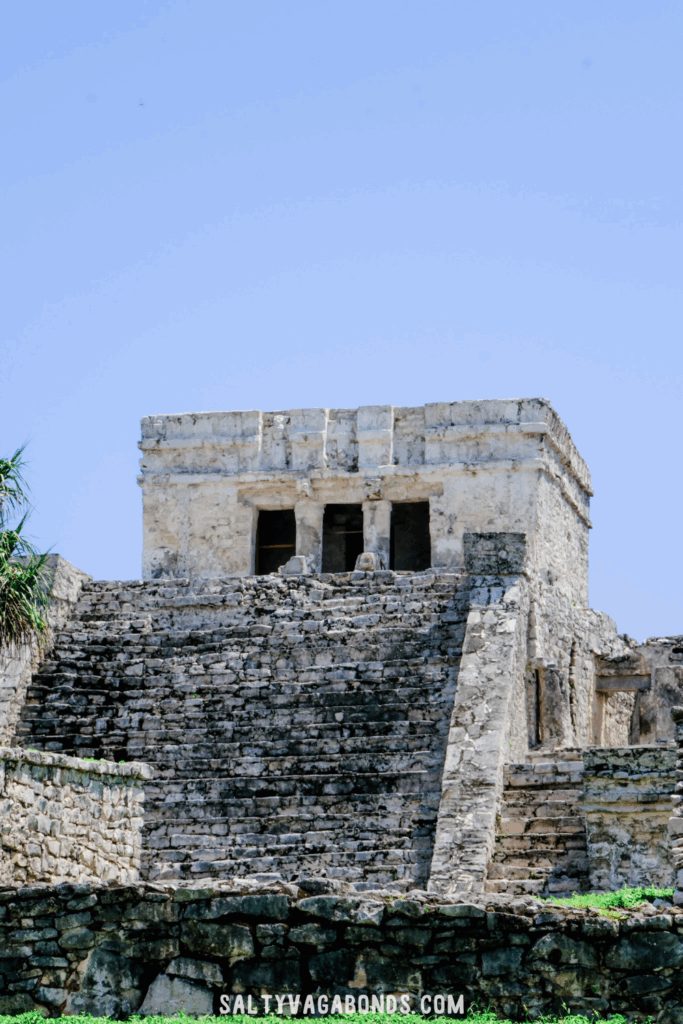
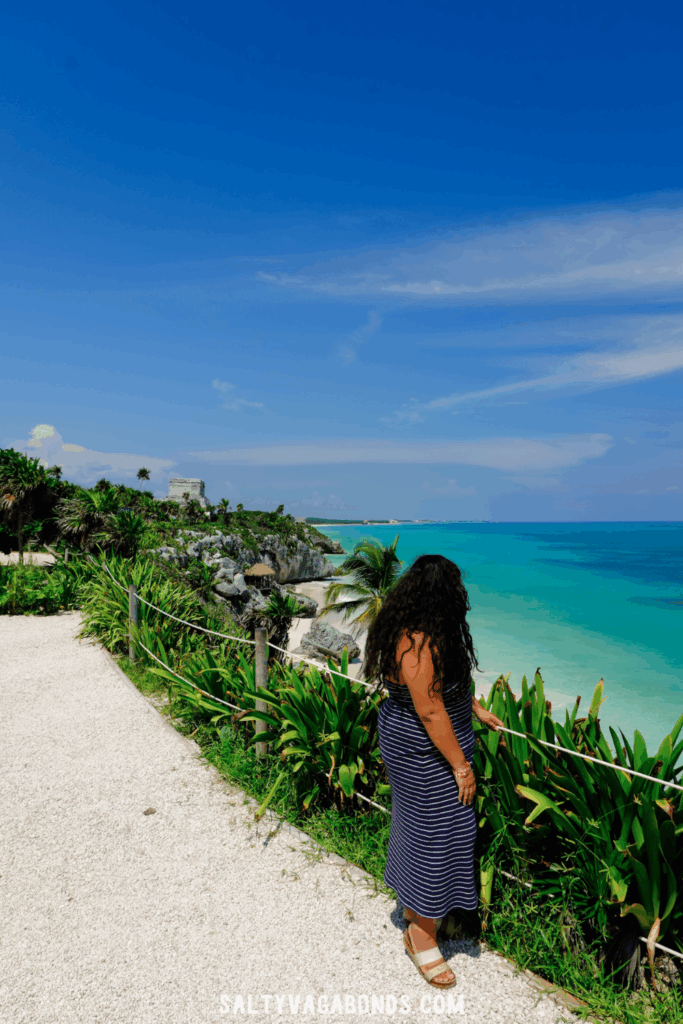
For those going without a tour guide, park at Tulum Estacionamiento (cash only) and prepare to pay an agricultural fee. This fee not only grants access to the ruins but also helps maintain Playa Paraiso (Paradise Beach), keeping it pristine for visitors.
To see the Tulum ruins, purchase tickets directly from the Instituto Nacional de Antropología e Historia office. Avoid buying from street vendors to sidestep scams or overcharging. The ticket office is located past the souvenir stands, in a small concrete building on the right side, look for a paper sign. Credit cards are accepted here.
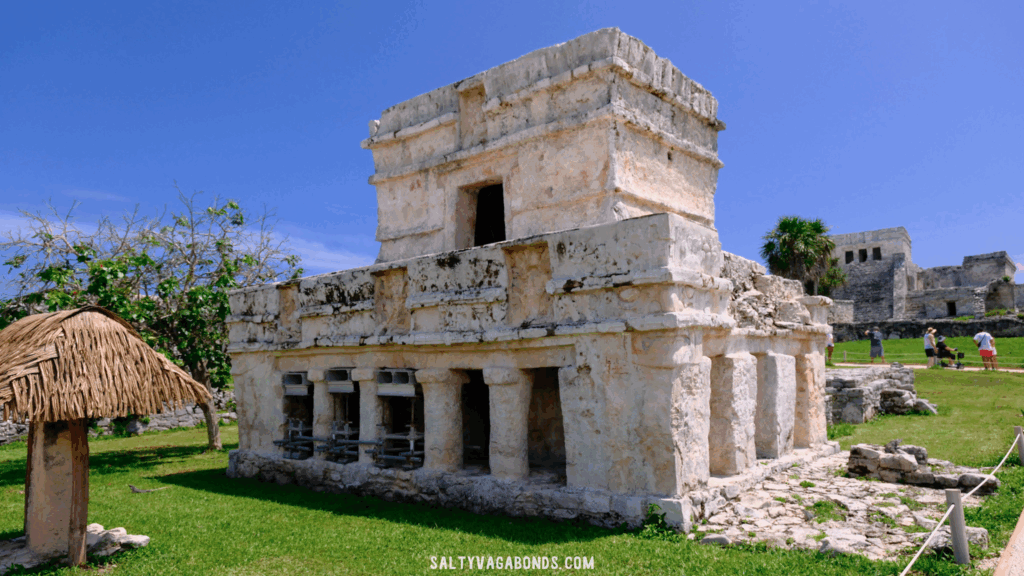
Consider hiring a local guide before exploring the walled city. Guides are often bilingual and can share fascinating insights you might overlook. For instance, our guide explained the importance of the Temple of the Frescoes (dedicated to the temple of the descending god), pointed out intricate details in the stucco paint, and revealed how the temple’s wider roof was designed to catch more rainwater for the underground cisterns.
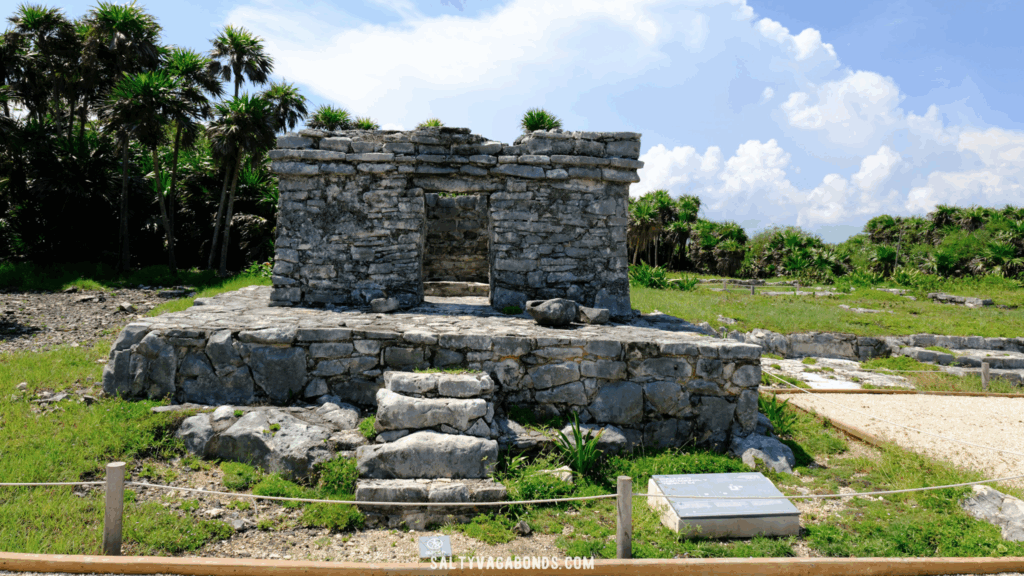
He also explained why traditional Mayan homes are built with doorways facing east, just like Navajo hogans, and shared the cultural significance of the number 7 in their architecture. The added knowledge truly enriched the experience.
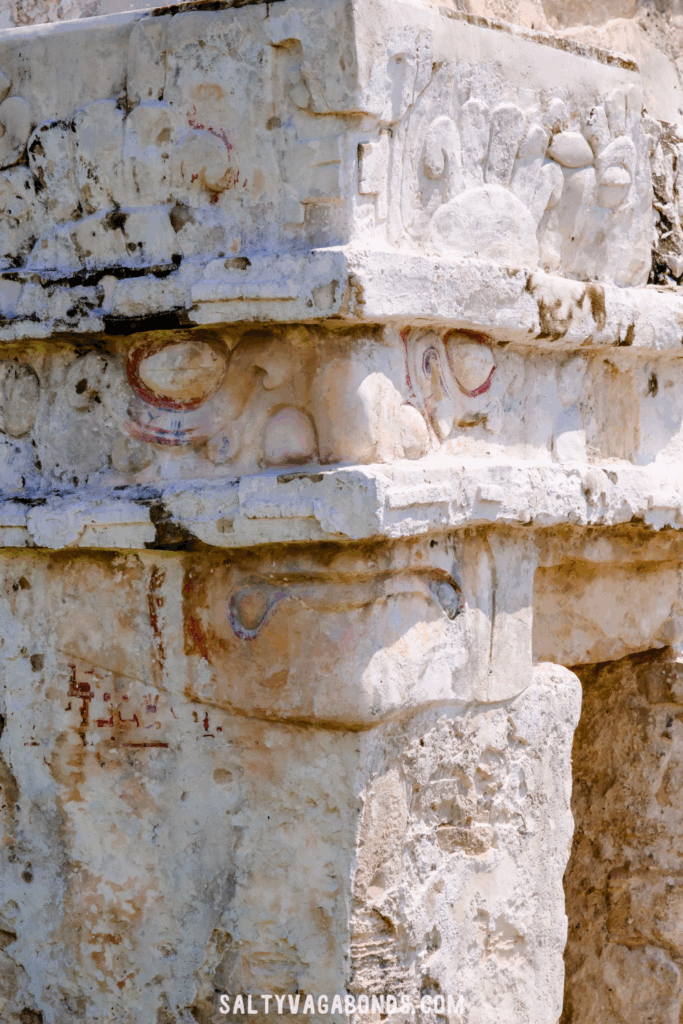
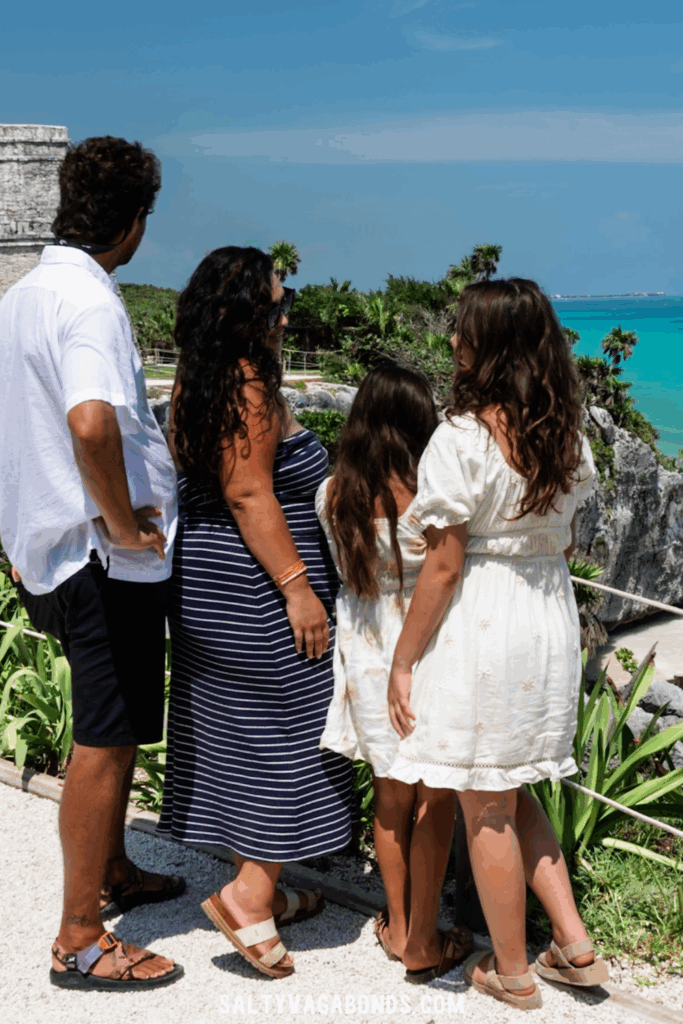
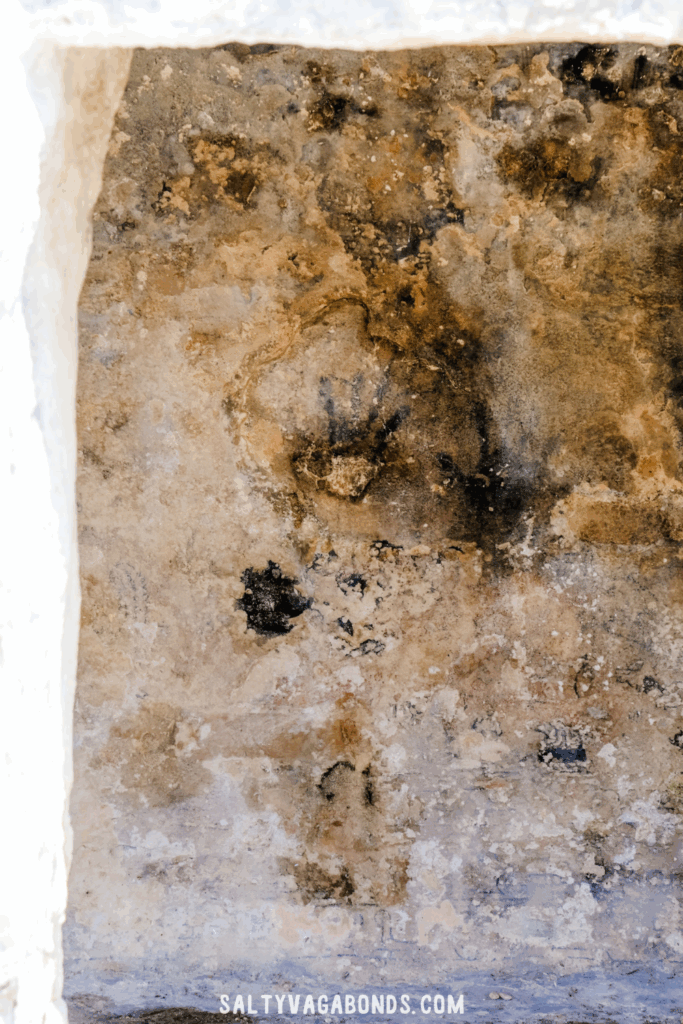
We paid 900 pesos for a 1.5-hour tour, and the guide even provided umbrellas to help shield us from the intense mid-August sun, a thoughtful touch that made the visit more comfortable.
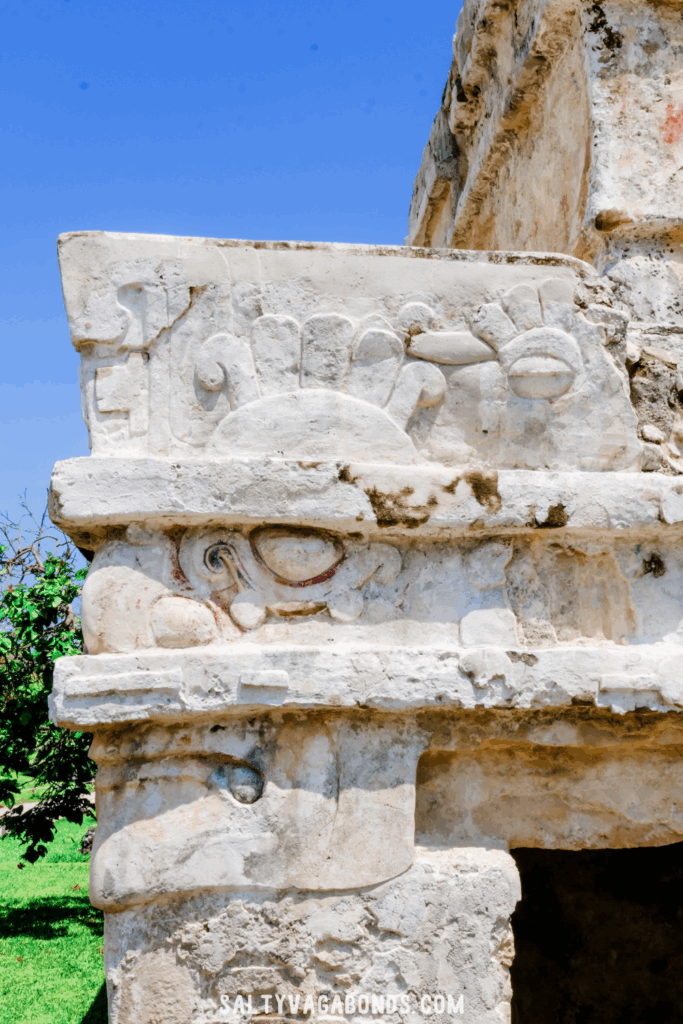
The Tulum Ruins are breathtaking, showcasing the incredible planning and architecture of the ancient Mayans. Perched on the coast of the Caribbean Sea, the site will leave you in awe of how the Mayans built and thrived in this stunning location. After visiting, it’s easy to see why this would have been the best place to live in the Riviera Maya.
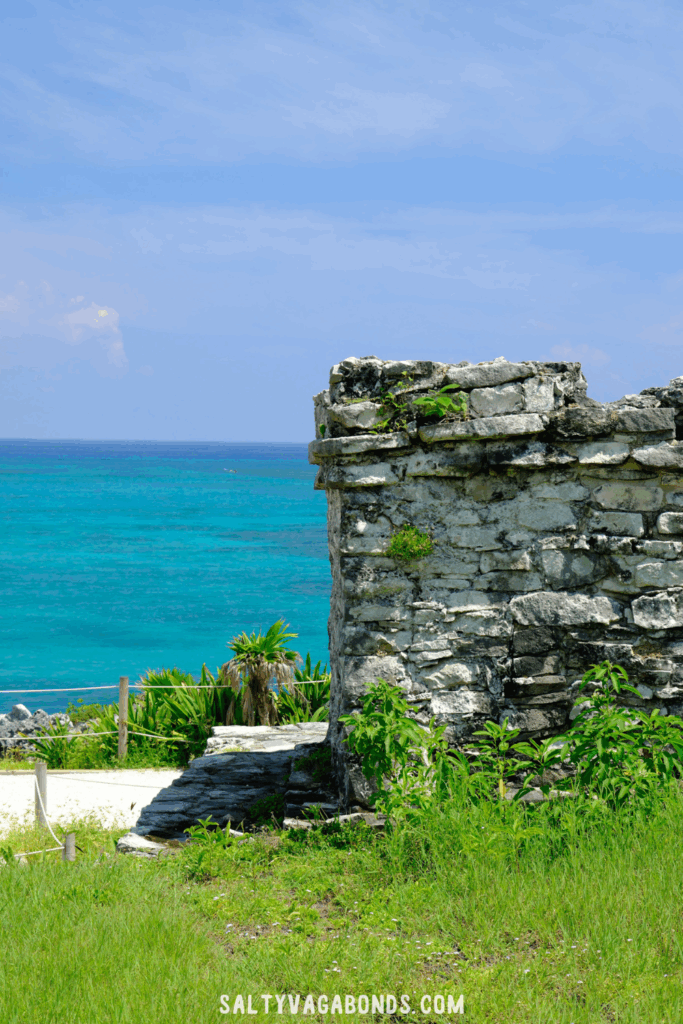
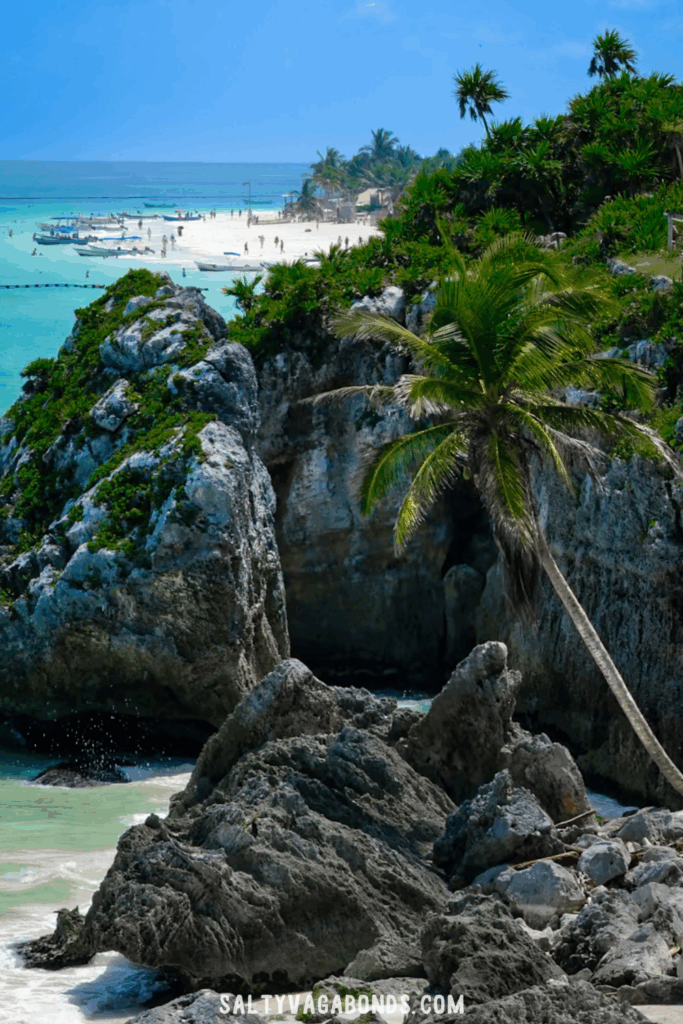
Zona Arqueológica de Calakmul
If you’re venturing deep into the jungle near the Guatemala border hunting down lesser-known Mayan temples, you definitely don’t want to miss this one. Located just 22 miles from the Guatemala border, it’s tucked away in the heart of the jungle, offering a true off-the-beaten-path experience.
The remote location makes it feel like you’re discovering something untouched and mysterious, and the isolation adds to the magic of the place. Perfect for those looking to dive deeper into Mayan history away from the crowds!
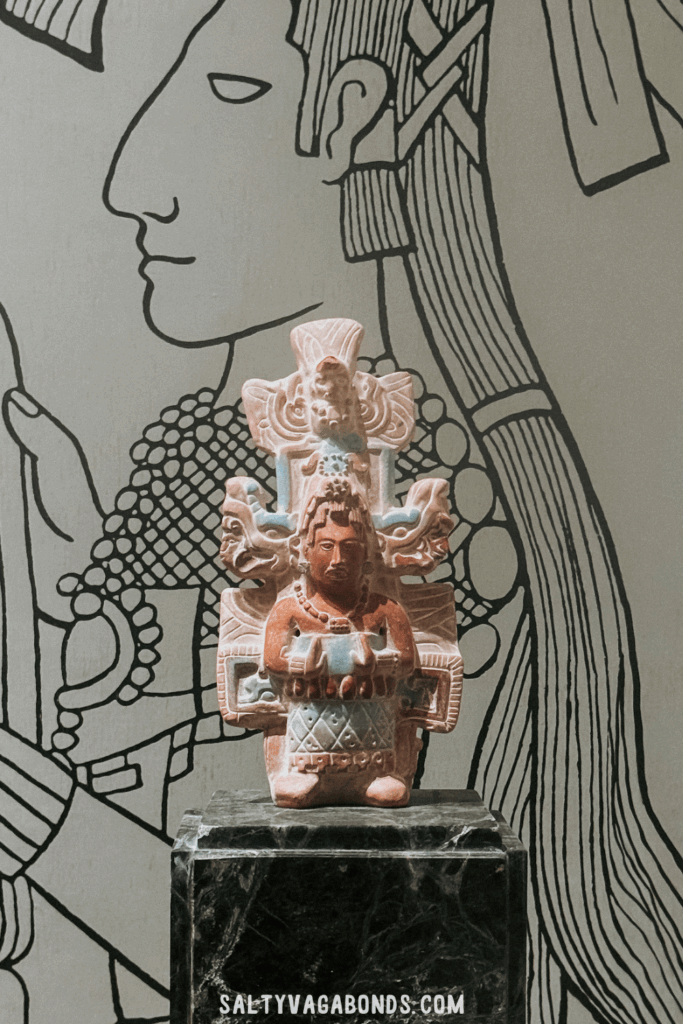
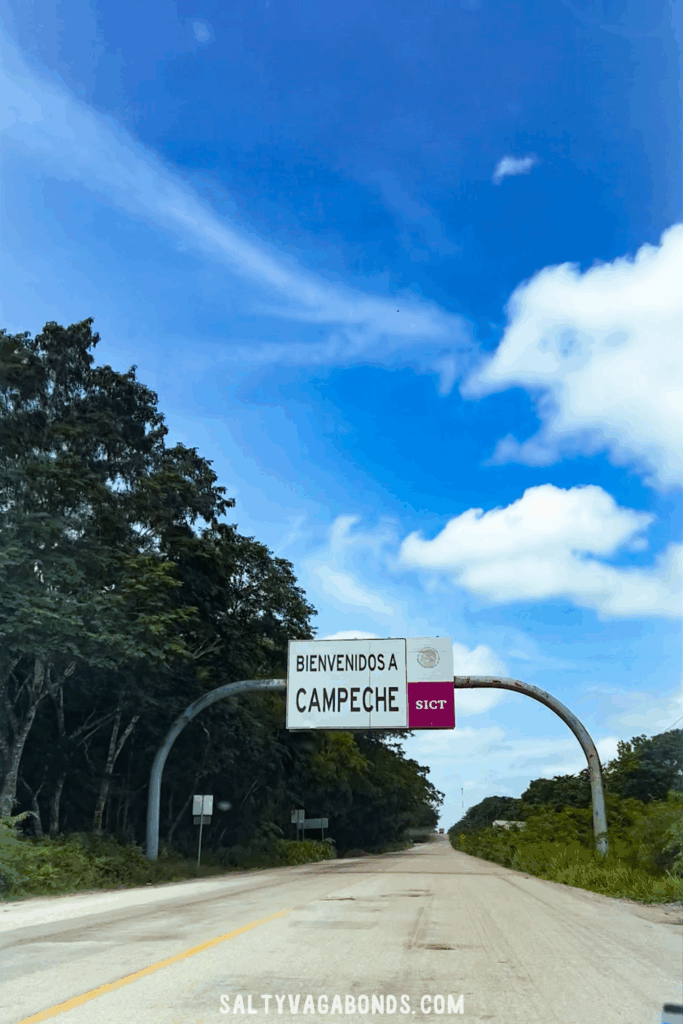
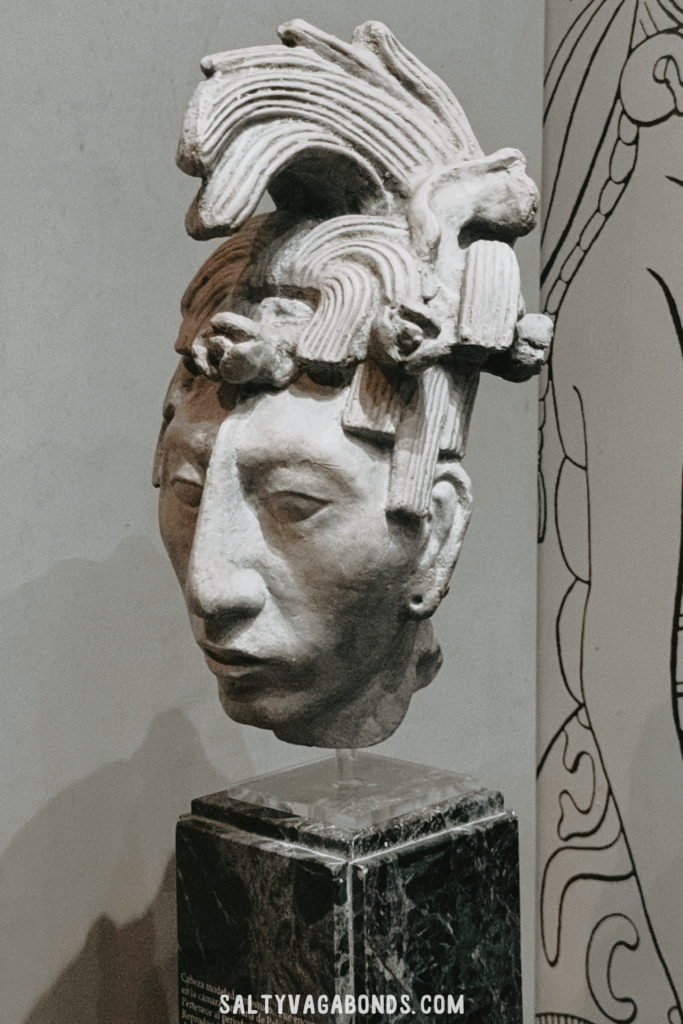
The Calakmul ruins are incredibly significant, considered one of the largest and most powerful ancient site in the Maya lowlands. The main temple here is the tallest pyramid, standing at an impressive 148 feet, and yes, you can climb to the top!
What makes Calakmul even more special is its hosting of the largest concentration of stelae (limestone monuments), with a total of 117. It’s a fascinating site for history enthusiasts and adventurers alike, offering a unique glimpse into the grandeur of the ancient Mayan civilization.
Archaeological Zone of Becán
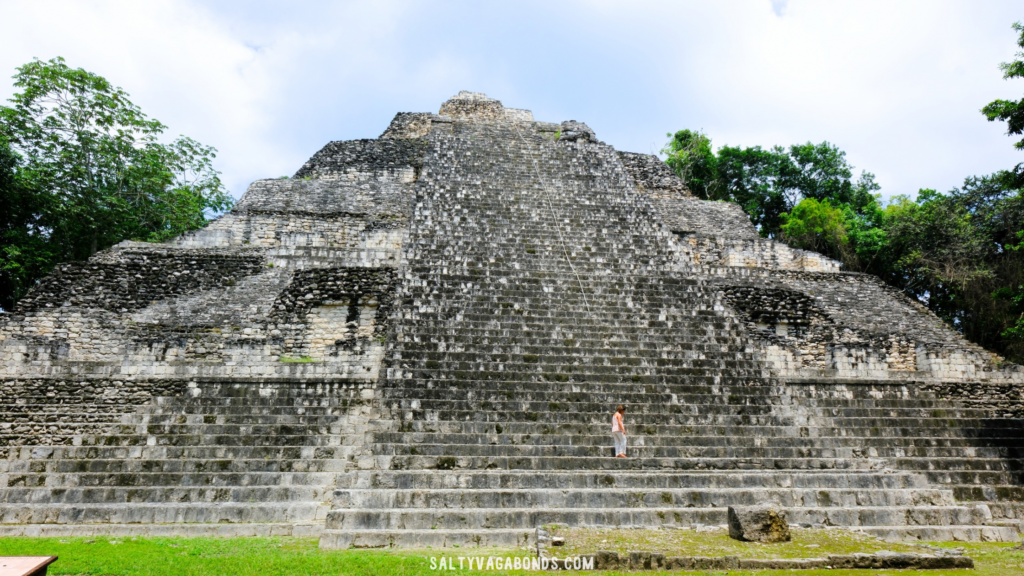
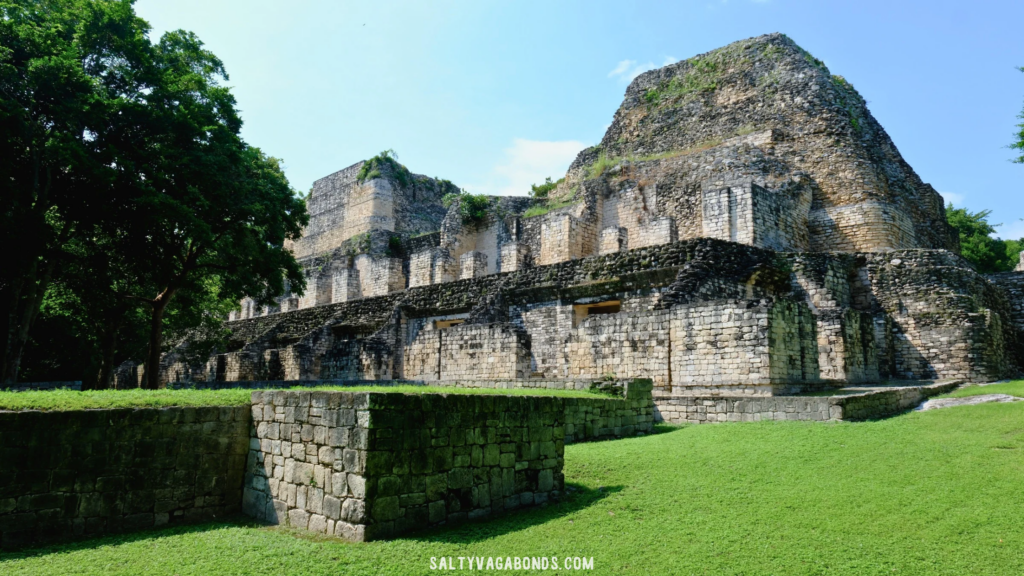
We traveled to The Explorean Kohunlich resort (full resort review here) with high hopes of visiting the Kohunlich archaeological site for my birthday, especially to see the iconic masks of the Sun God, Kin’ich Ahau. Unfortunately, the site was closed due to construction for the Mayan Train.
Determined to make the most of the trip, we asked the front desk/concierge to call and confirm if the Becan site was open. We chose Becan because of its reputation as a massive and impressive site and it absolutely lived up to the hype!
Becan was one of the first and best Mayan ruins we visited, and it turned out to be one of the best for so many reasons. We climbed the third-largest pyramid in the Yucatán, explored an impressive great ball court, and immersed ourselves in the history of this ancient city. If you’re interested in visiting Becan, we’ve got all the details for you right here.
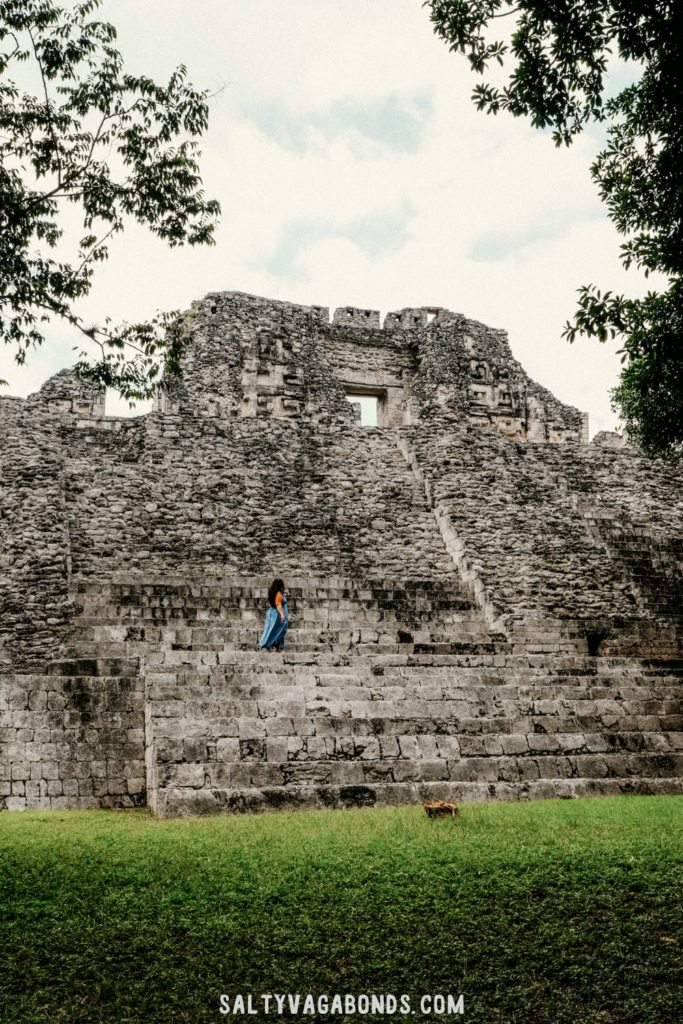
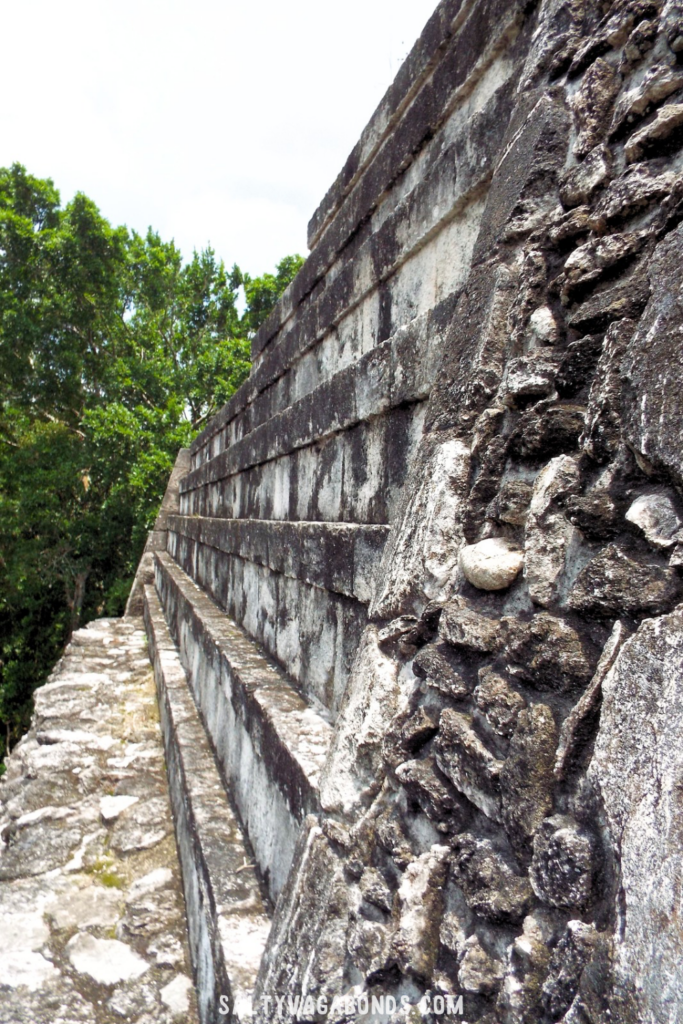
What made Becan truly special was the solitude. Exploring the ruins undisturbed allowed us to take our time and really soak in the ancient ruins at a relaxed pace. Nestled deep in the jungle, the site has an otherworldly feel, and while we didn’t see howler monkeys here (though Bacalar was luckier for that), we did witness a turquoise-browed motmot, also known as the Mayan Toh bird, gracefully flying out of Structure 10, a magical moment we won’t forget.
Pyramid of The Magician (Piramide del Adivino)
If you’re visiting Merida or anywhere in the state of Yucatan, I highly recommend checking out the archaeological zone of Uxmal. The name Uxmal translates to “three times built,” referring to the city’s reconstruction three times over its history.
It’s just over an hour’s drive from Merida, making it a perfect and easy day trip option. The site is incredibly well-preserved and offers a glimpse into the impressive architecture and history of the ancient Maya civilization.
Chichén Itzá
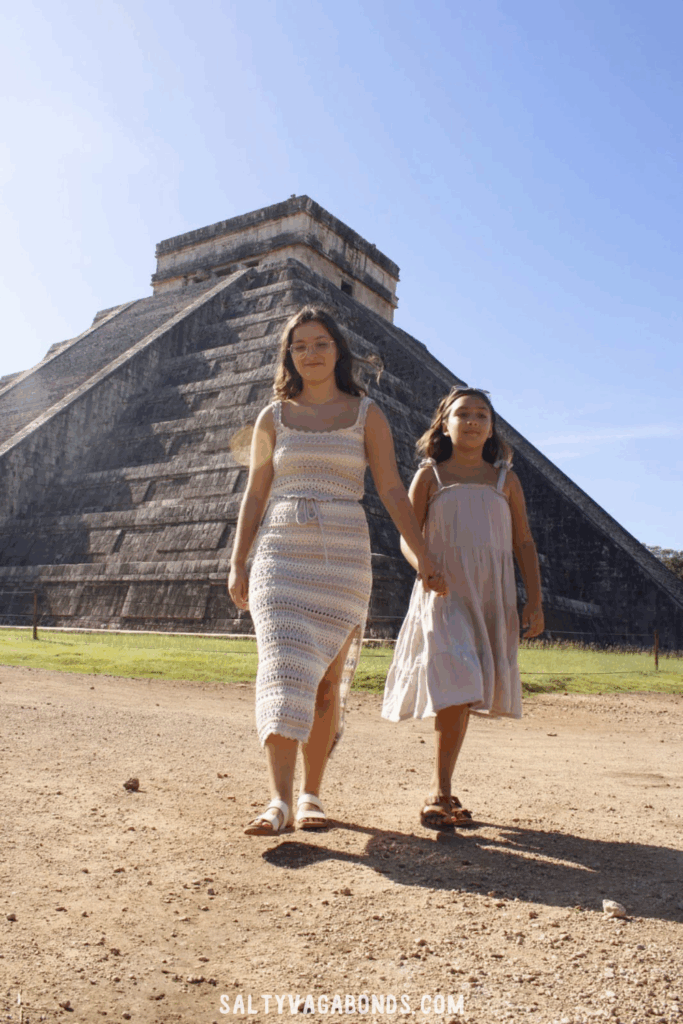
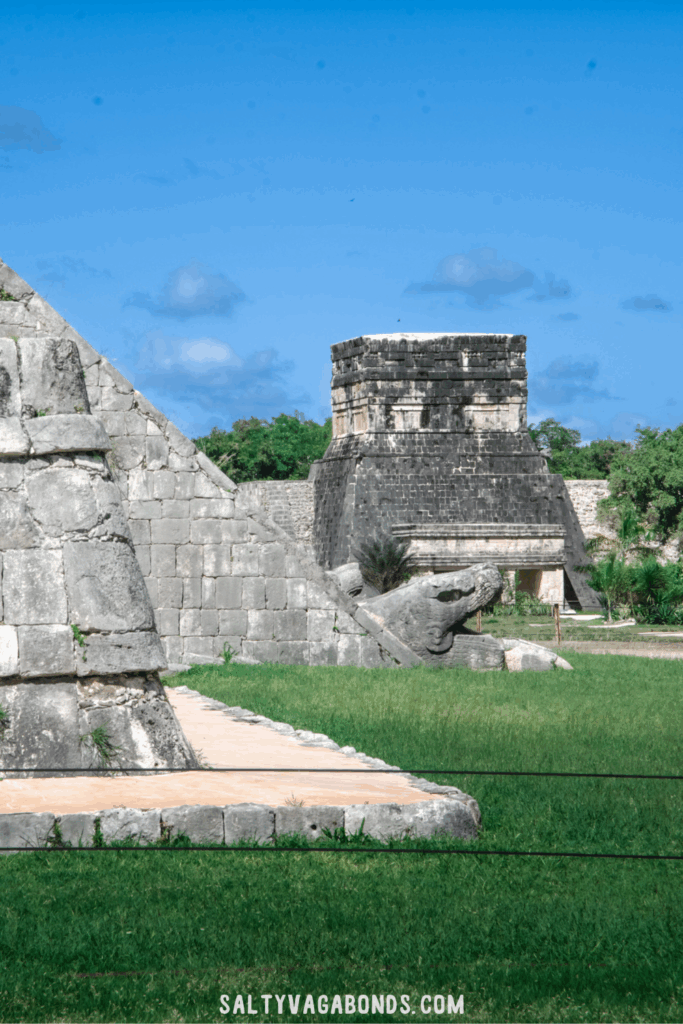
A trip to the Yucatán isn’t complete without visiting this very popular destination. The main pyramid, El Castillo, is one of the New 7 Wonders of the World and a UNESCO World Heritage site, making it a must-see for families.
We visited the Chichen Itza pyramid toward the end of our trip, after exploring several other Mayan ruins, and it still managed to leave us in awe. Its sheer size, intricate design, and cultural significance truly stand out, even if you’ve seen other sites first.
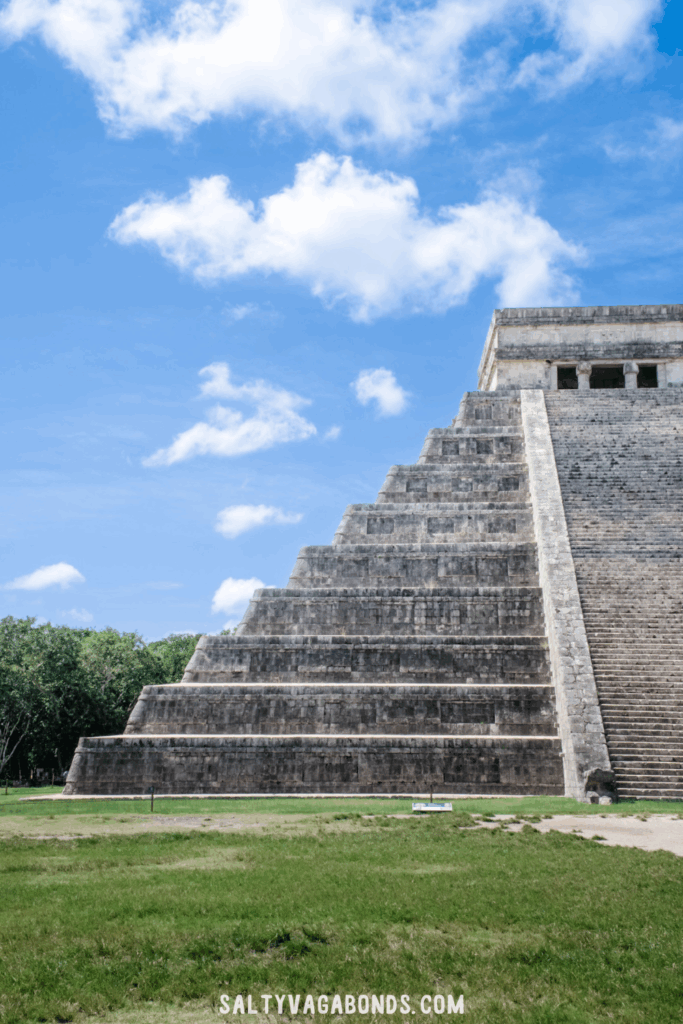
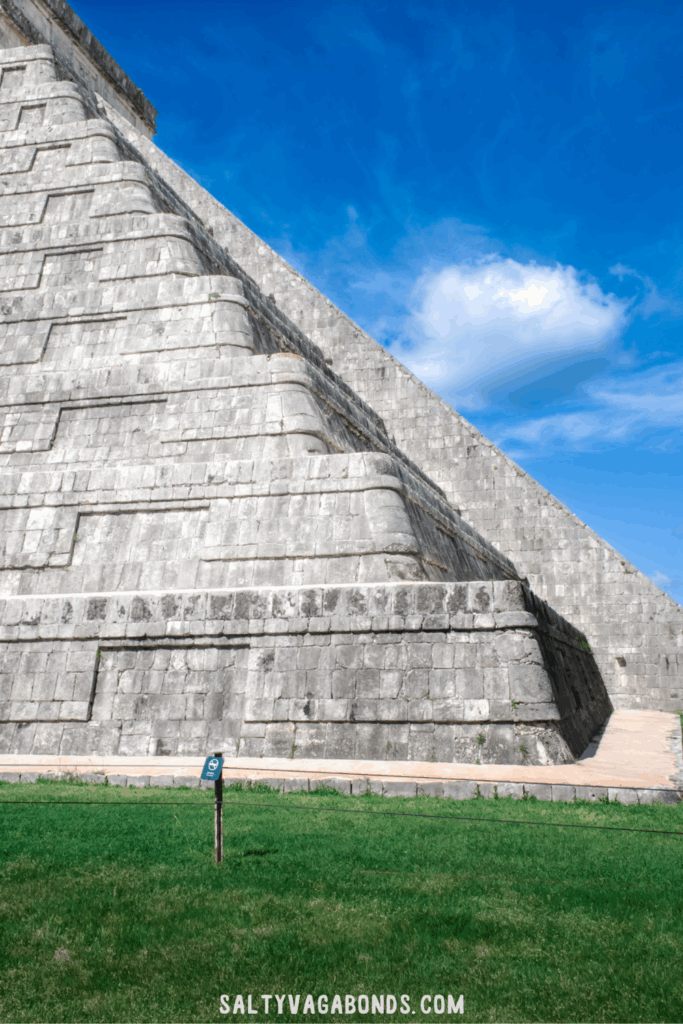
At the entrance of the Chichen Itza ruins, we spoke with a liaison who helped us hire a photographer to capture the magic of our visit, a great way to preserve the memories of this iconic location!
We hired @isai_adOnay, and we can’t recommend it enough if you want amazing family photos at the Mayan ruins of Chichen Itza. The site doesn’t allow GoPro cameras, gimbals, tripods, or drones, so having a professional who knows the area and can handle compositions was a game-changer for us!
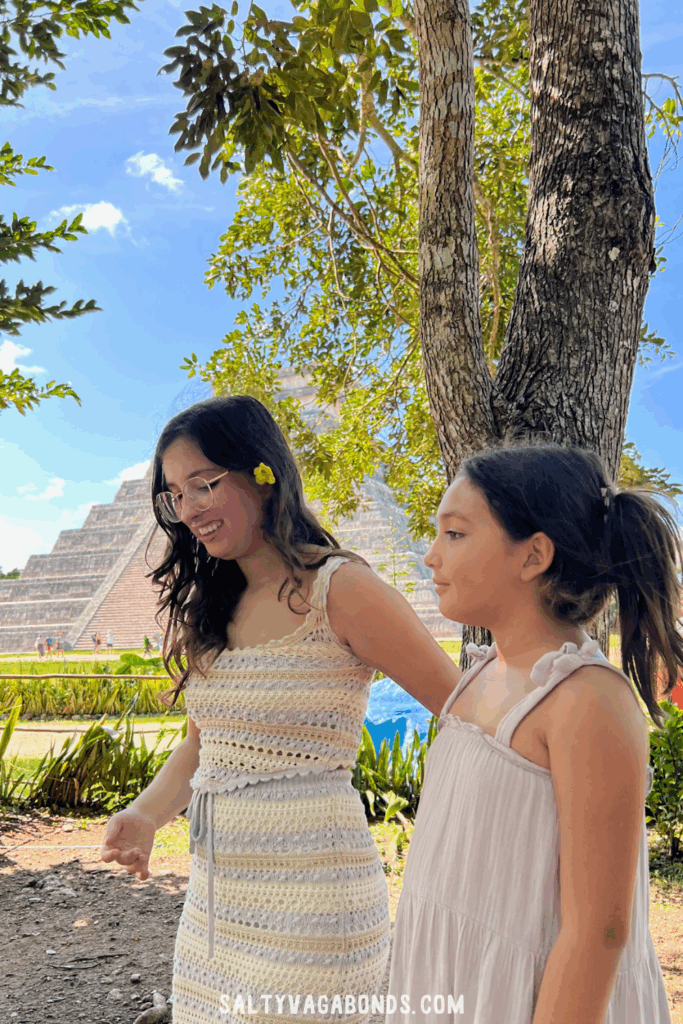
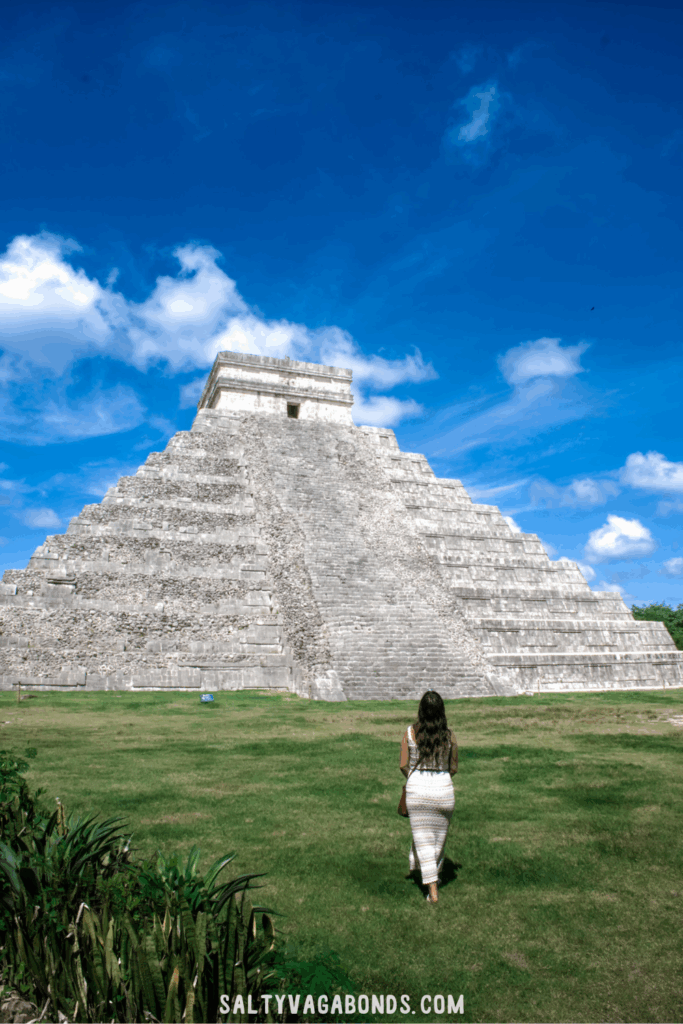
Plan to arrive early in the morning to avoid both the intense heat and the inevitable crowds. As the most visited Mayan ruin in the region, Chichen Itza starts to get busy around 11 a.m., with visitors eager to explore landmarks like El Castillo and the Temple of the Warriors.
After spending the morning exploring the magnificent Chichén Itzá, another great stop, just 50 minutes toward Valladolid, is the stunning Iglesia de Uayma. This hidden gem in the Yucatán is not only beautiful but also rich in history, as it was built using stones from nearby Mayan temples. We’ve got a full write-up on our visit if you want all the details before you go!
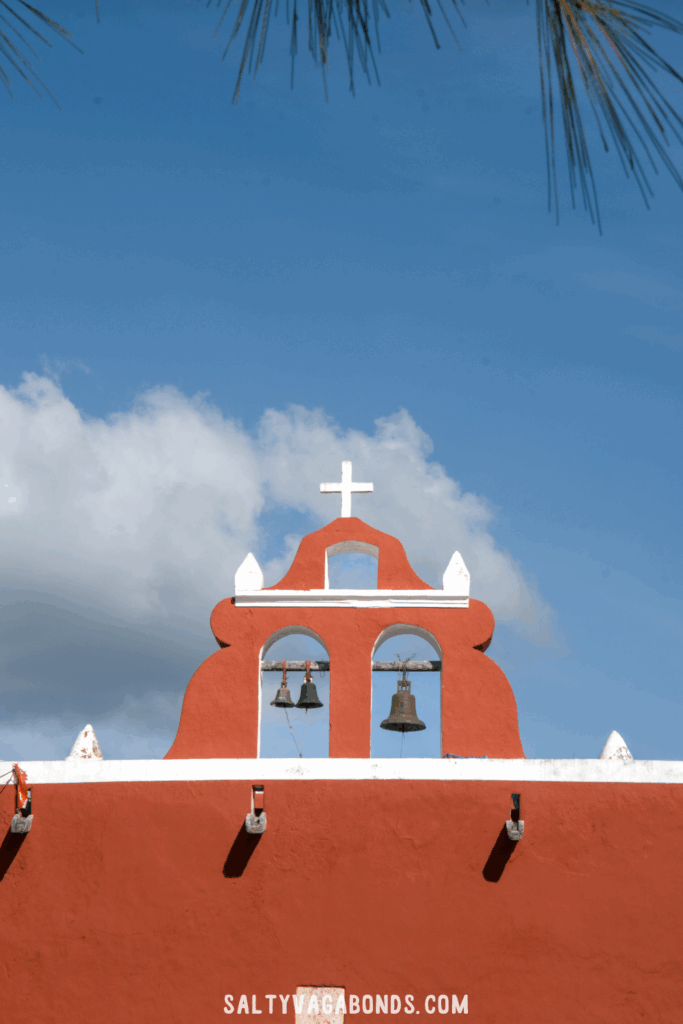
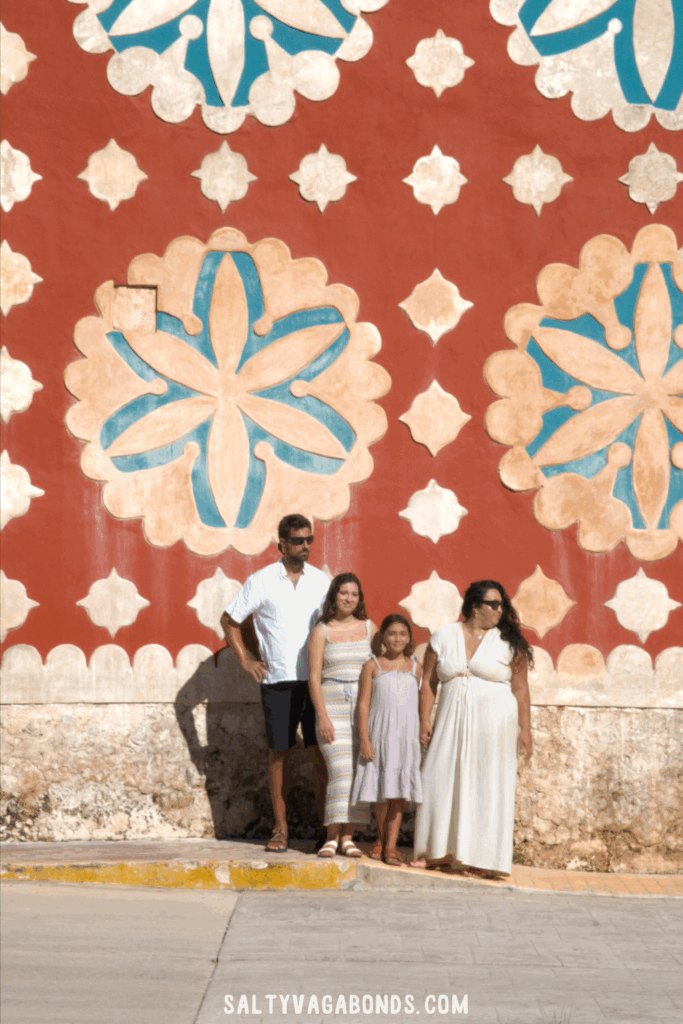
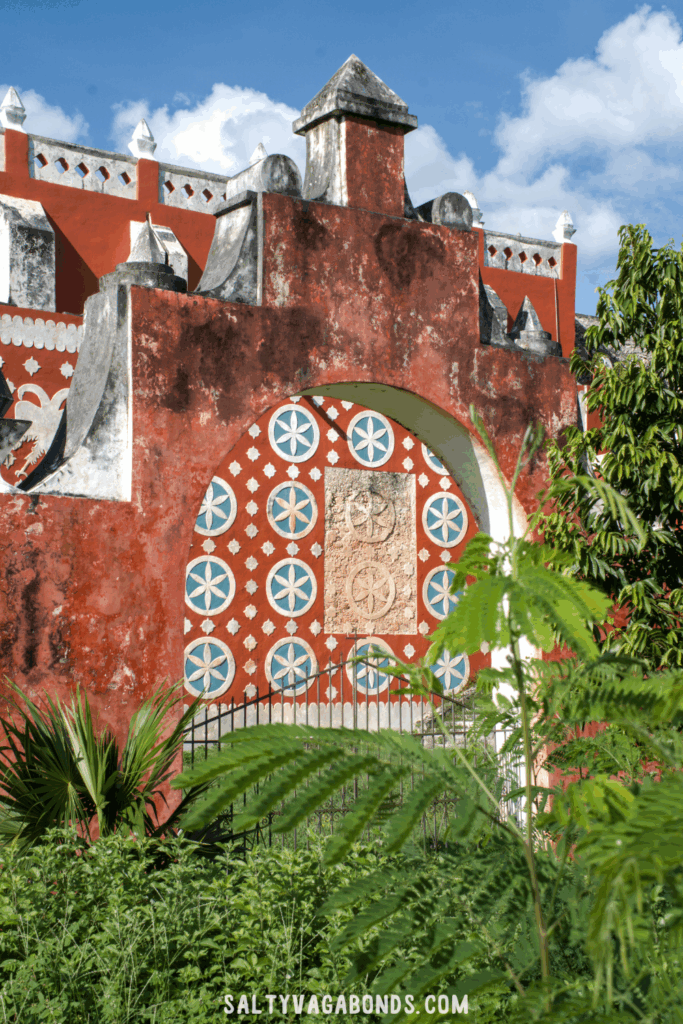
Zona Arqueológica de Kohunlich
I had my eye on The Explorean Kohunlich for my birthday because it looked like one of the most impressive ruins I had seen online. Unfortunately, when we arrived, the site was closed due to Mayan train construction. Still, the place had such an intriguing vibe. It’s known for its 14 structures and the iconic Kohunlich figureheads carved into the pyramid, which are being carefully preserved. Definitely a spot worth checking out once the site reopens!
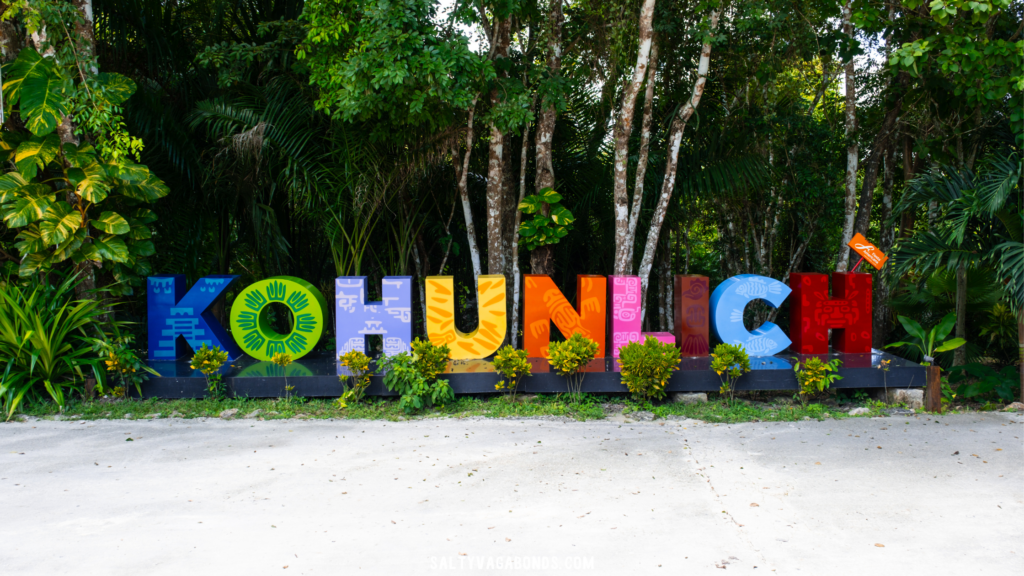
The Yellow Town of Izamal
We spent a month in the charming small town of Izamal, and it was incredible, especially with the nearby Mayan cities to explore. Known as the “Yellow City,” Izamal is full of history, charm, and culture, and if you’re thinking about visiting, you absolutely should. We’ve got all the details right here.
Its standout feature is the Convento de San Antonio de Padua, which boasts the largest atrium in the Americas. The town is a unique blend of ancient Mayan heritage and Christianity, made even more special by Pope John Paul II’s visit in August 1993.

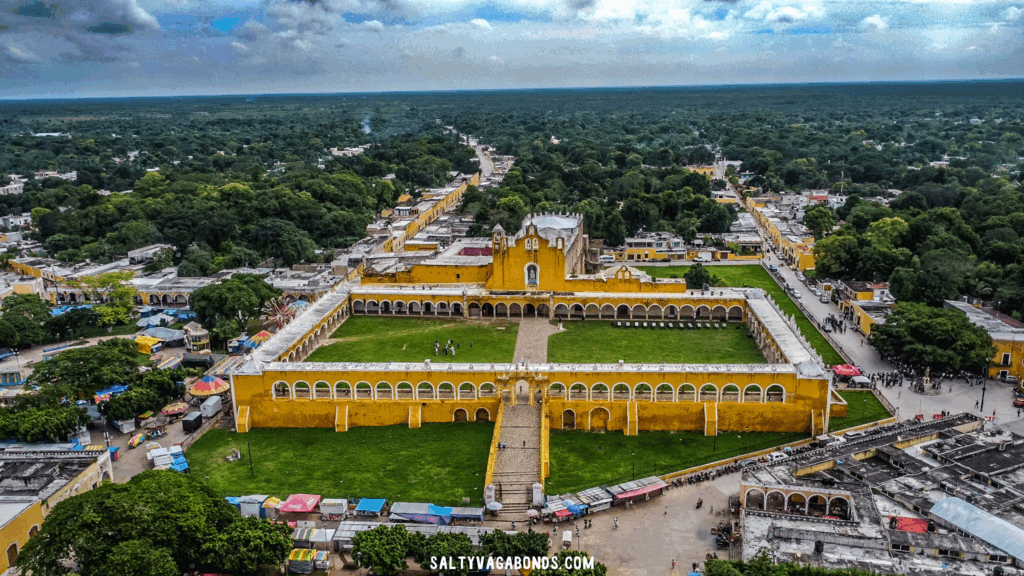
The yellow city of Izamal hosts 3 archeological sites for your family to enjoy:
Pirámide Kabul
The Kabúl Pyramid, located just blocks away from the Convento de San Antonio de Padua, is a fascinating sight that can even be viewed from the elevated church grounds. However, it sits on private property, making easy access difficult.
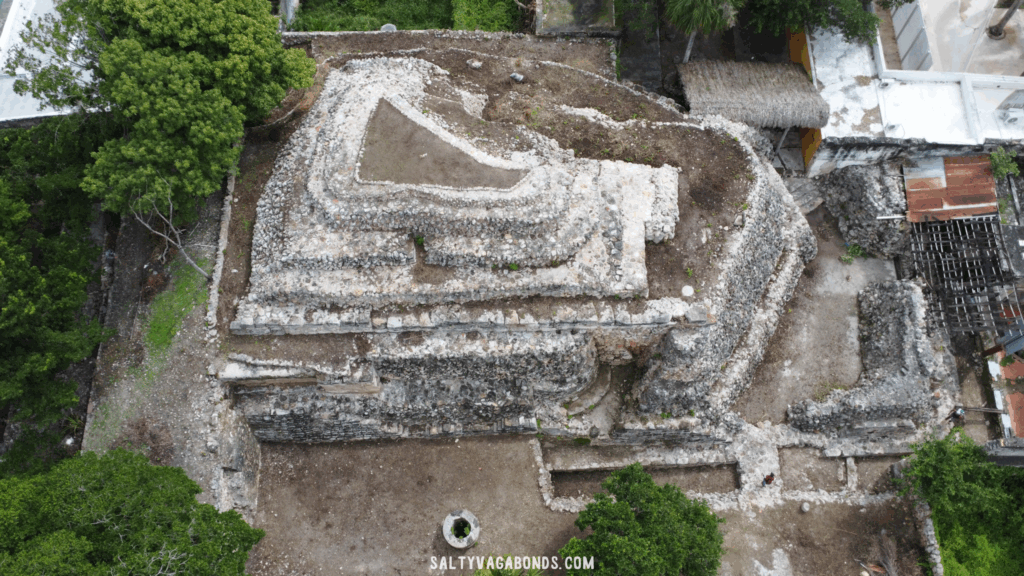
Zona Arqueológica Chaltún Há
This site is situated on the south side of town, just a 25-minute walk or a short drive away. Tucked off the beaten path, these ruins are nestled in a jungle-like setting. While we didn’t explore them during our visit, they’re definitely worth checking out if you have the time!
Pirámide Kinich Kakmó
This impressive pyramid became a regular stop on my walks to the grocery store, just a short detour from the town center. Spanning 200 meters (656 feet) by 180 meters (590 feet) and towering over 34 meters (111 feet), it’s a massive structure that dominates a full city block.
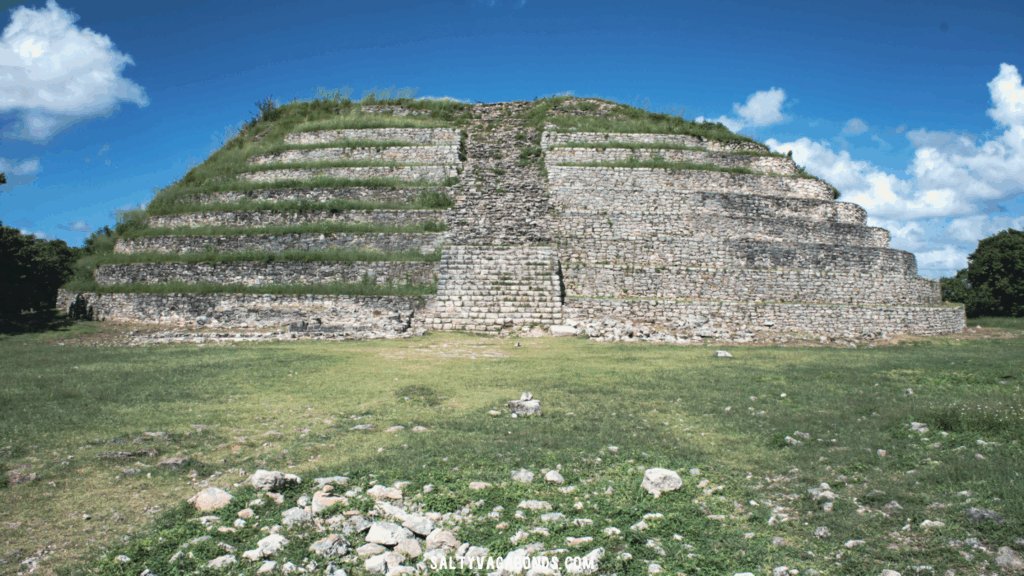
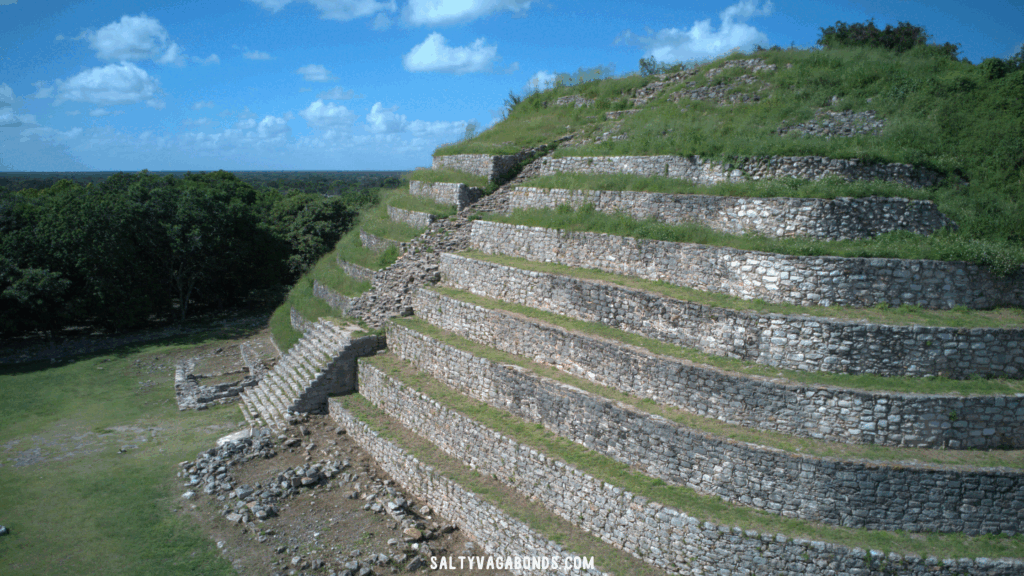
Access is easy during daytime hours through the main gate, though other stairways along the sides also provide entry. What makes this pyramid truly special is its sheer size, central location, and the best part, free entrance.
Walking around this grand structure feels like stepping back in time.
Pro tip: after soaking in the history, cool off with some ice cream from the shop near the entrance, it’s the perfect treat on a hot day!
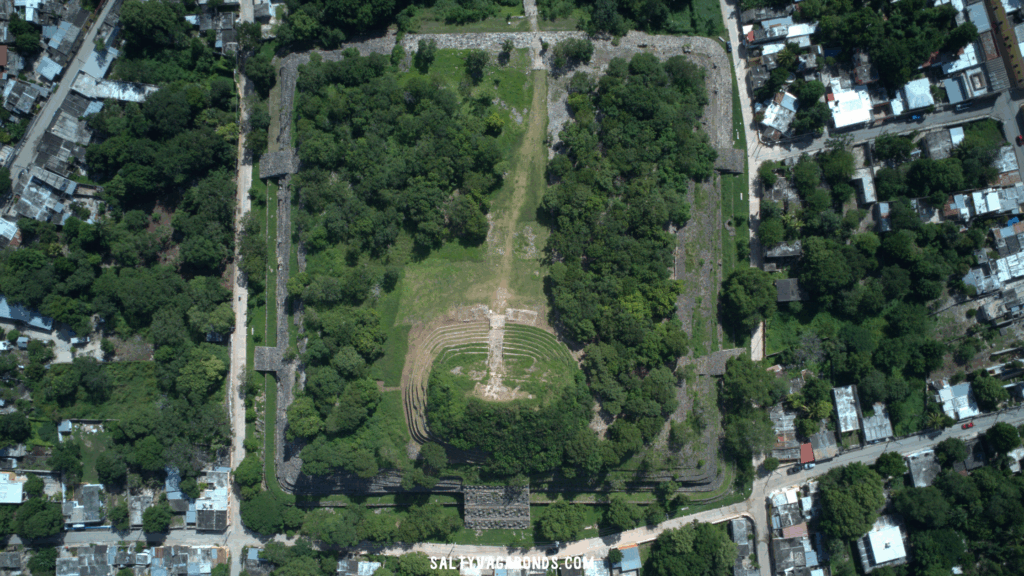
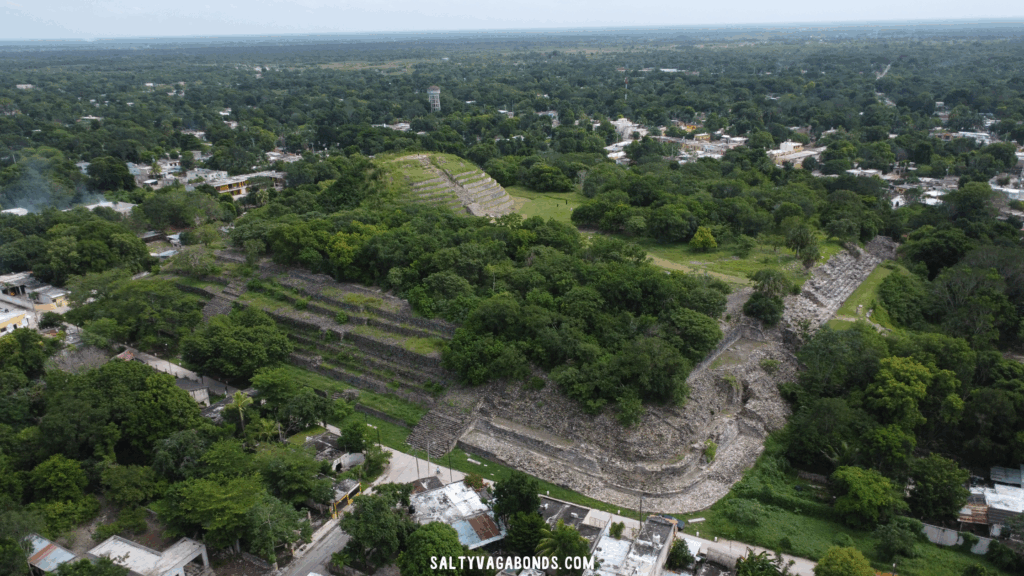
Pirámide de Itzamatul
This second pyramid in the area feels more serene, surrounded by trees and offering a quieter vibe compared to the grander ones nearby. From the street, it may not seem as imposing, but there’s a hidden trail that takes you around the back. The trail leads up to the top, where you can climb the final 7 stairs, a symbolic step often tied to completion, perfection, and connection to the divine.
The significance of the last 7 steps goes beyond just the climb; it ties into Mayan beliefs about cycles and the natural world, making the experience even more meaningful. It’s a unique and introspective way to explore this less touristy, yet fascinating site.
Ichkabal Ruins in Bacalar
These ruins are some of the most recent discoveries in the Yucatán, uncovered back in 1995. It took years of excavation and study before they were opened to the public. We just happened to be in Bacalar when the site officially opened in September 2024! Looking for things to do in Bacalar? Look no further, we’ve got you covered. Click here for all the details.
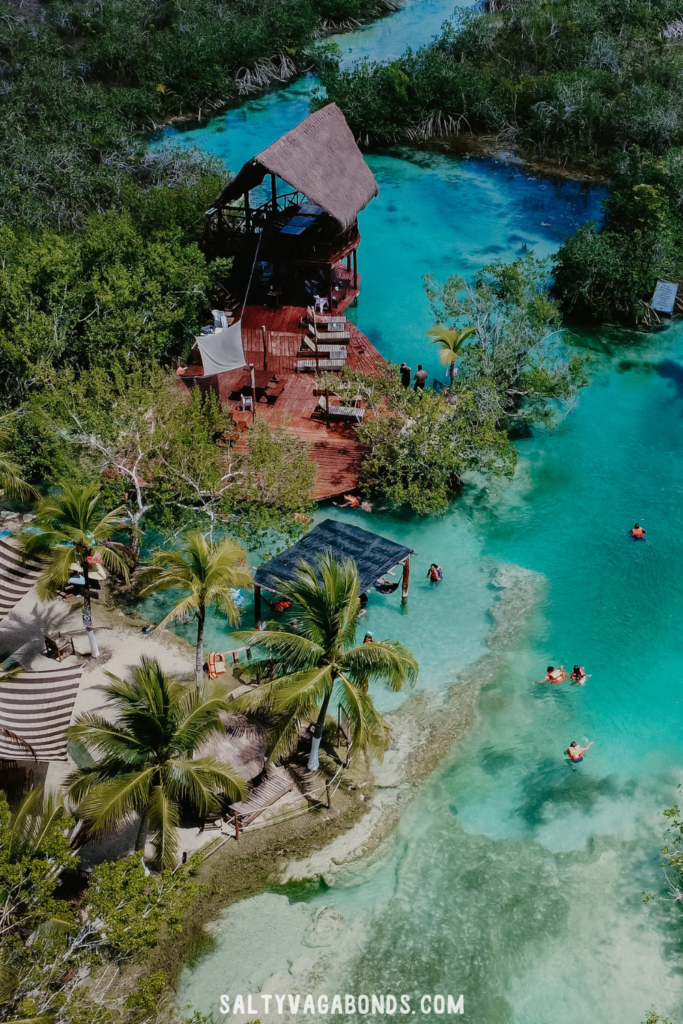

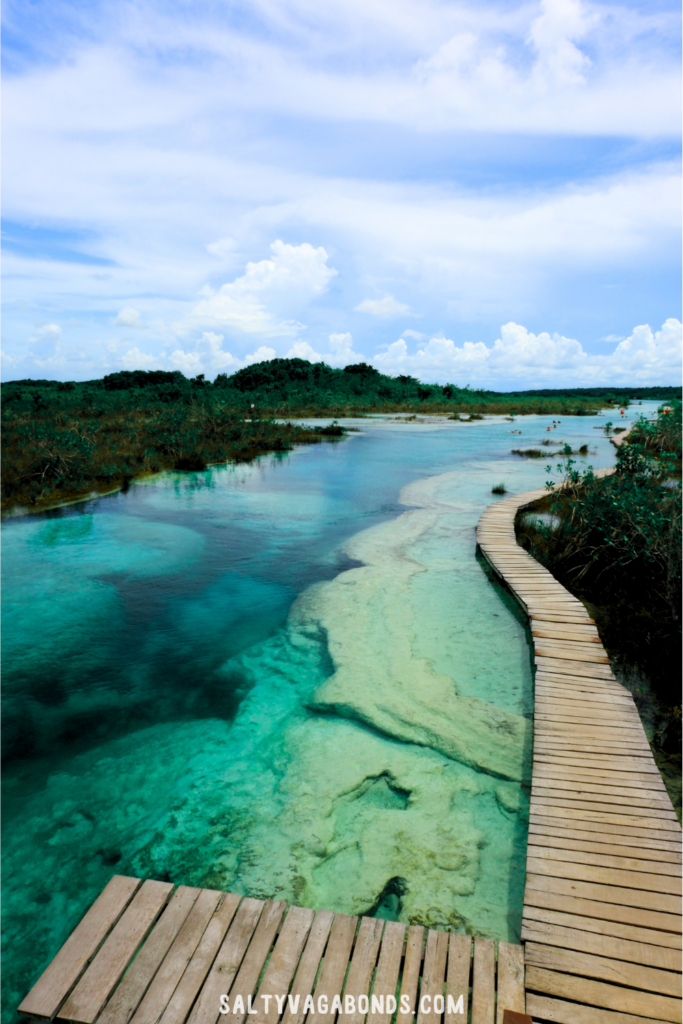
Local news and websites are buzzing about the location, with many comparing the size and grandeur of the pyramids to Chichen Itza. If you’re in Bacalar and looking for a day trip to explore Mayan ruins, I highly suggest checking these out. Plus, the best part is that you’ll likely encounter fewer crowds than at the more popular sites.
Museo Regional de Antropología, Palacio Cantón
If you find yourself in the large city of Merida, a visit to the Regional Museum of Anthropology is the best way to dive deeper into the history of the region. After spending a few months in this area, we noticed many artifacts from local sites had been moved here to help preserve them and share them with a wider audience.
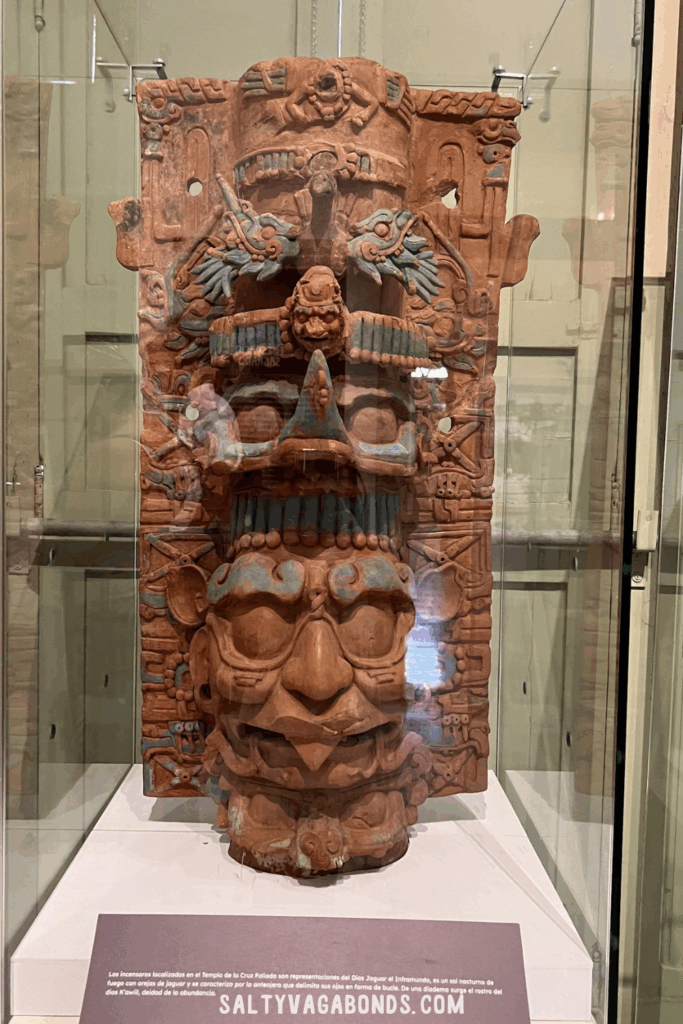
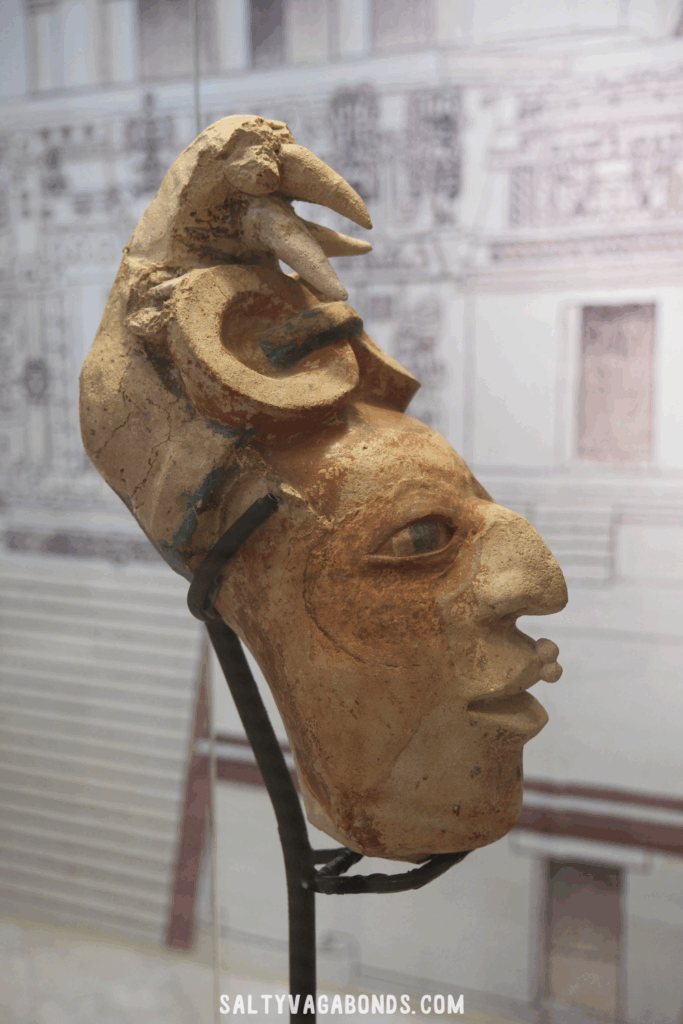
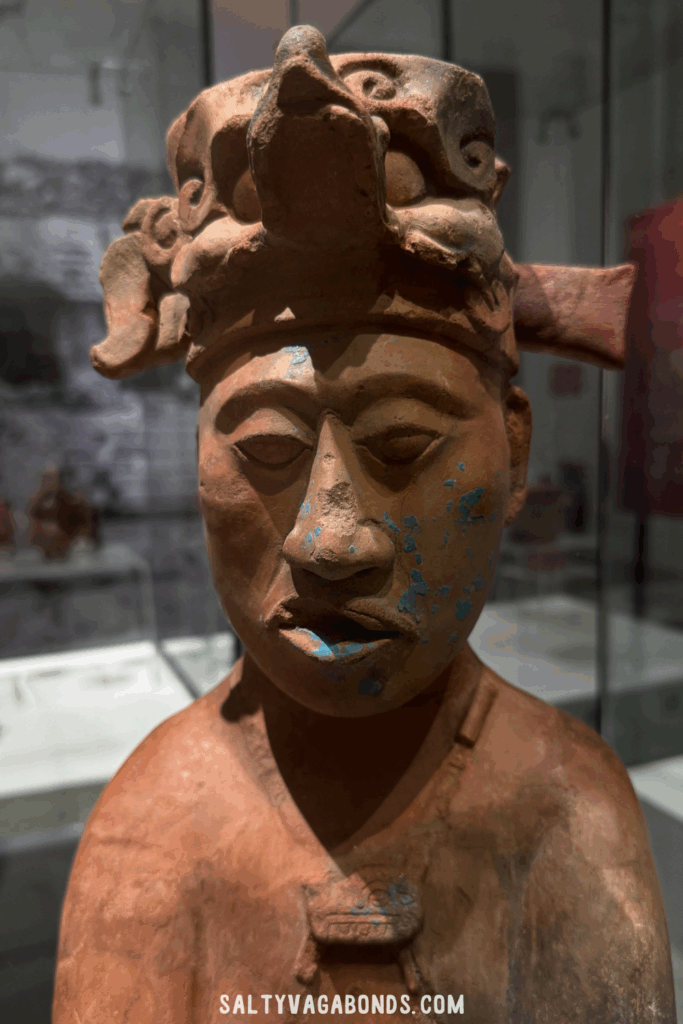
When we visited, there were many fascinating pieces from Ek Balam, including jade masks from Central America and stone slabs known as stelae with intricate carvings. It was a perfect spot to explore, especially on a hot day, and though the museum isn’t huge, it’s the ideal place to see a significant collection of artifacts in just a few hours.
From small cultural items like arrowheads to ceremonial masks from the ruins of Ek’ Balam, the museum is a fantastic stop for any family exploring Merida. It offers a chance to witness pieces of history in a well-preserved, air-conditioned space!
Museum of Mayan Culture
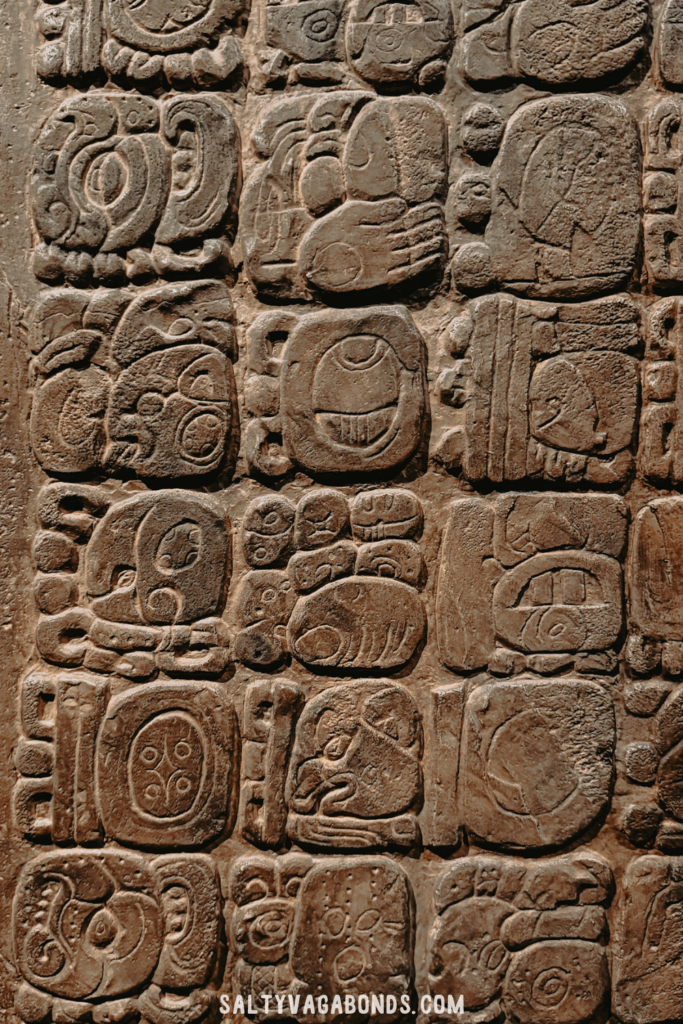
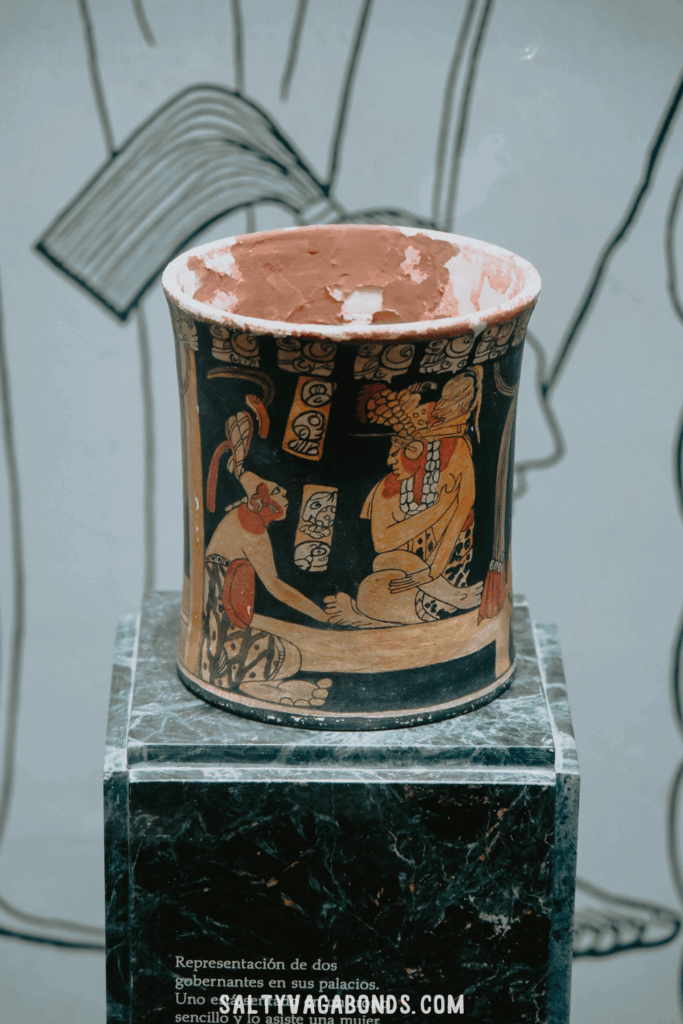
While exploring southern Mexico, we decided to stop by a large museum in Chetumal to dive deeper into the world of the Maya civilization. The museum offered a fascinating introduction to different time periods and regions of the Maya world.
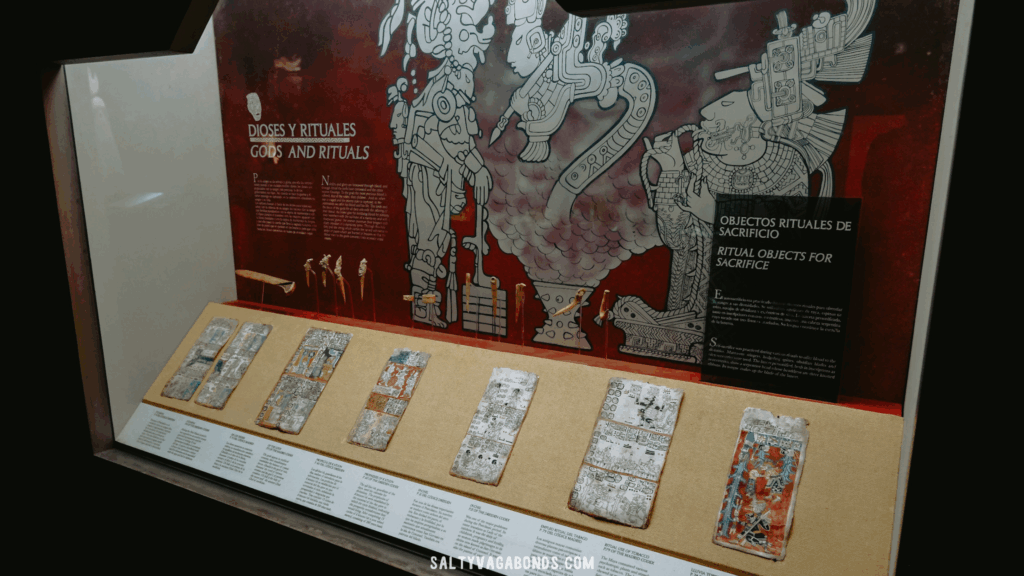
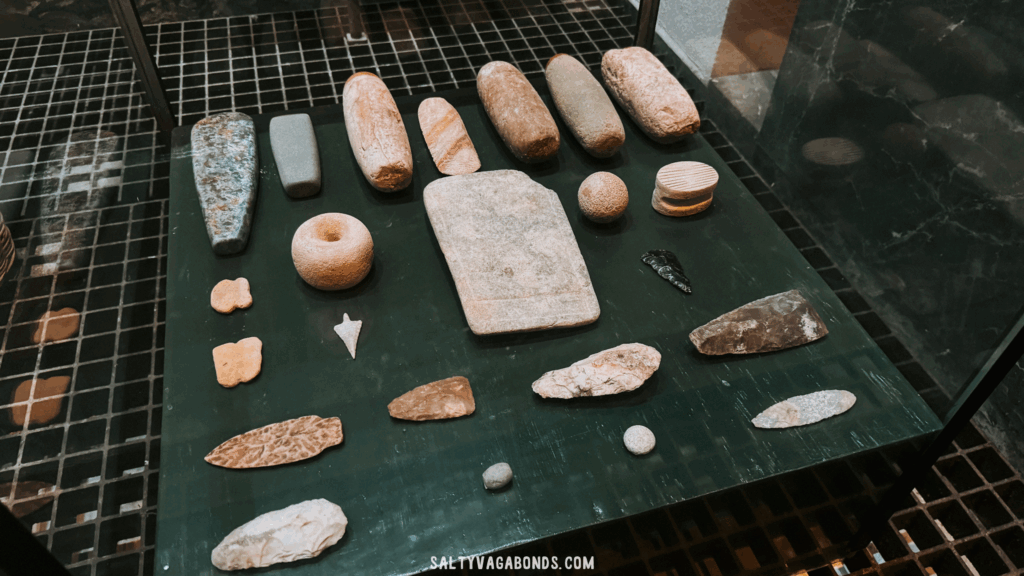
As we walked through, we were captivated by scale models of important structures from various cities. These structures, many with ceremonial significance, were used for religious ceremonies, including some that involved human sacrifices.
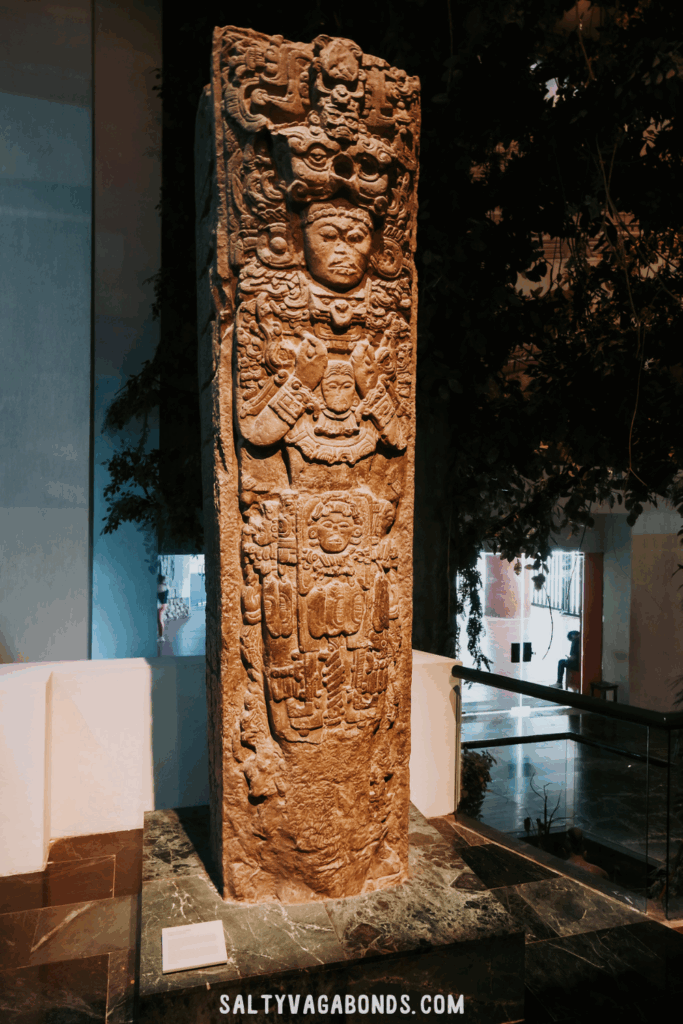
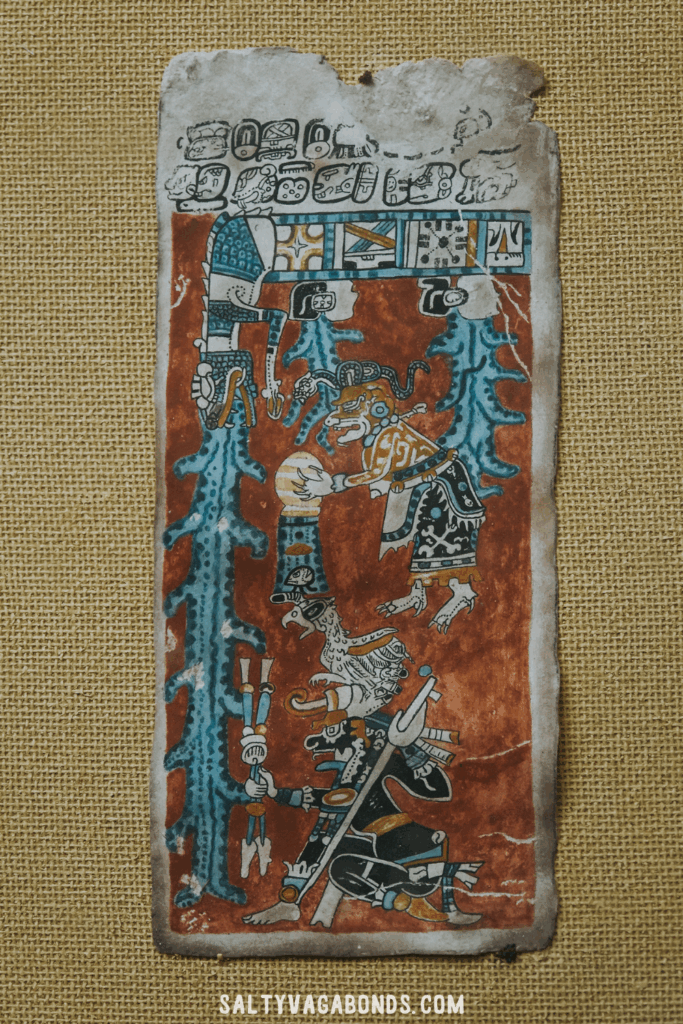
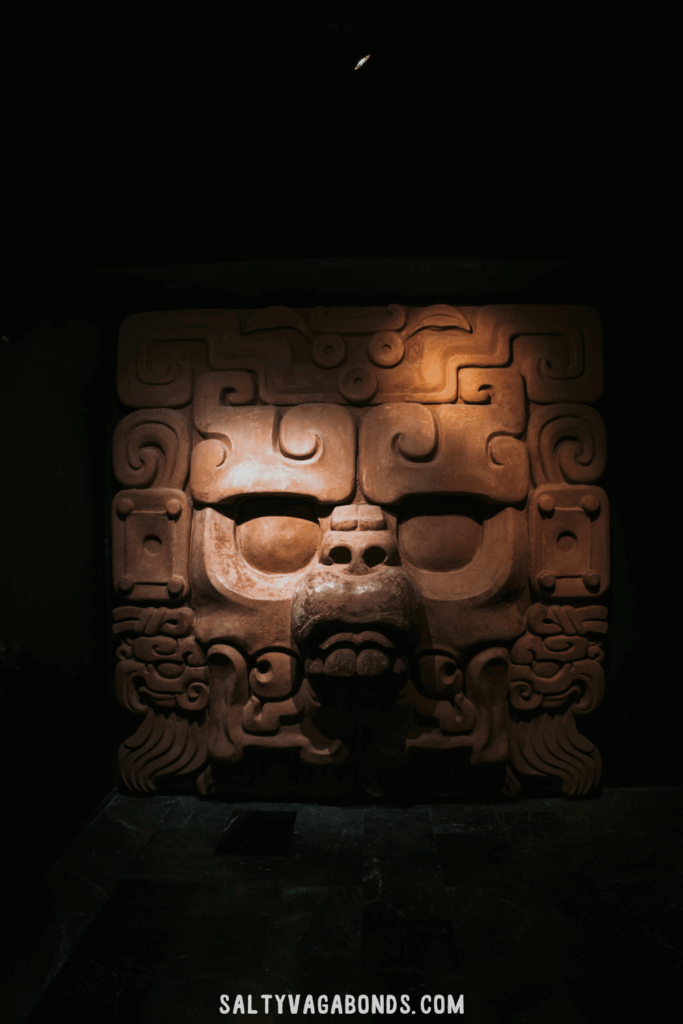
The museum truly helped us understand the Mayan world and way of life, from their trade routes and commerce to their views on the world. One of the most fascinating insights was their belief that the heavens and the underworld were connected by a giant cosmic tree, its branches reaching the heavens and its roots grounded in the underworld.
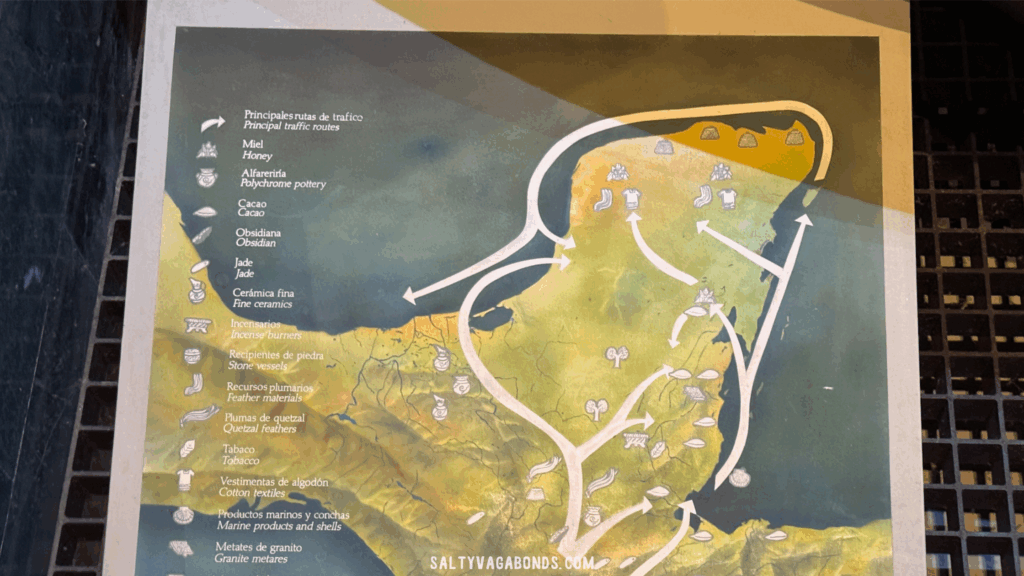
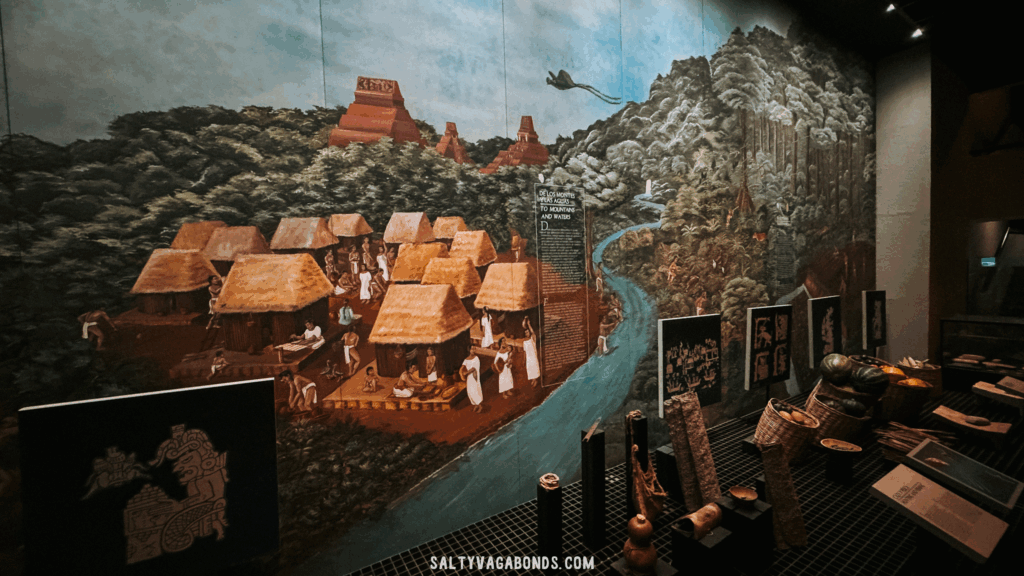
We also got the chance to learn about the Maya calendar and their codices, which provided a deeper understanding of their sophisticated knowledge and worldview. This stop was a great opportunity to gain a richer perspective on the ancient civilization that once thrived in this region.
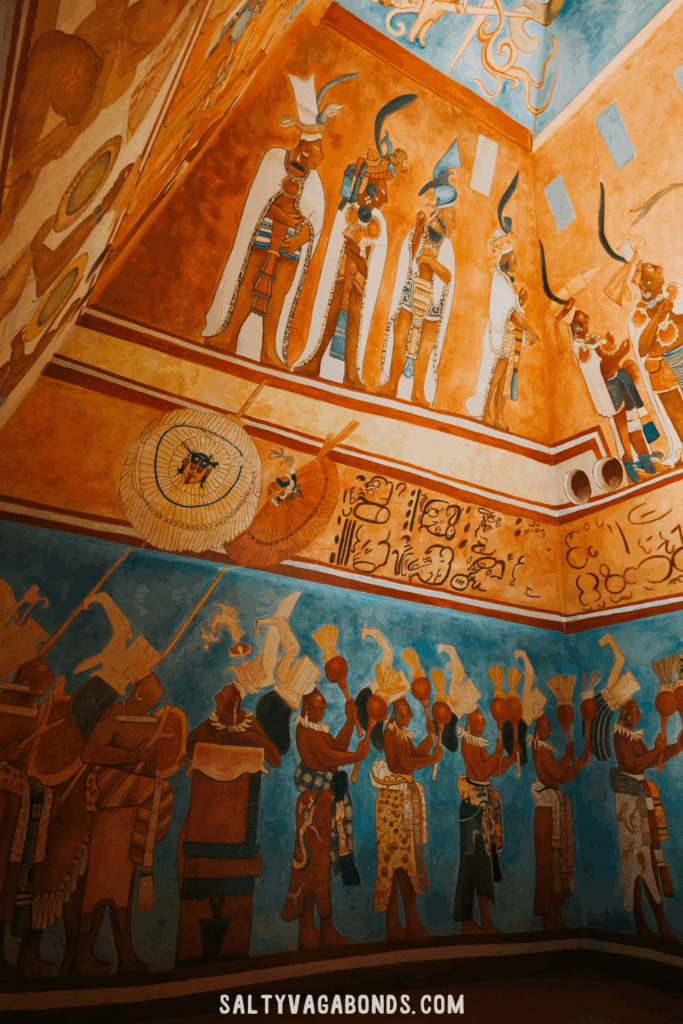
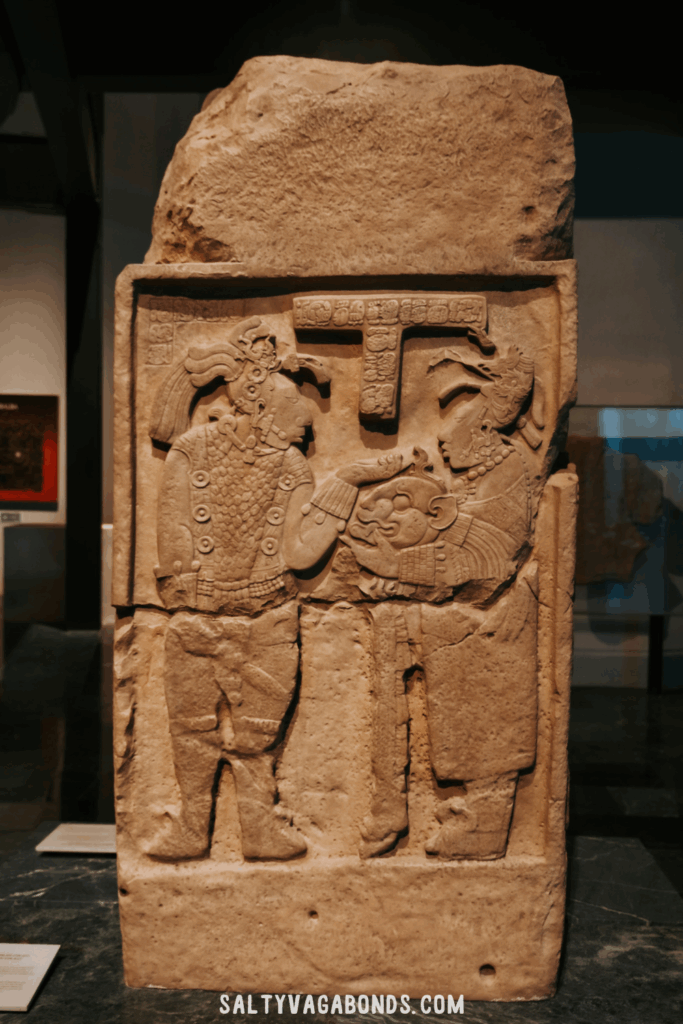
So Which of the Mayan Ruins Should I Take My Family Too?
I know it sounds cliché, but if you’re in the area and have time, you have to visit the Mayan ruins of Chichen Itza. It’s an iconic stop for a reason. That said, timing is everything. Go early in the morning or after 2 PM to dodge the peak tour bus crowds that roll in between 10/11 AM and linger until about 2/3 PM. This way, you’ll have slower-paced moments and more chances to snag photos without a sea of people in the background.
But if you’re looking for something more off the beaten path, my top picks would be the ruins deep in the jungle along Highway 186, between Bacalar and Escárcega in Campeche. These include Zona Arqueológica de Kohunlich, the Archaeological Zone of Becán, and Zona Arqueológica de Calakmul.
My top pick would be anything in the heart of the jungle at the sites off of hwy 186 between Bacalar and Escárcega in Campeche. These include Zona Arqueológica de Kohunlich, Archaeological Zone of Becán, and Zona Arqueológica de Calakmul.
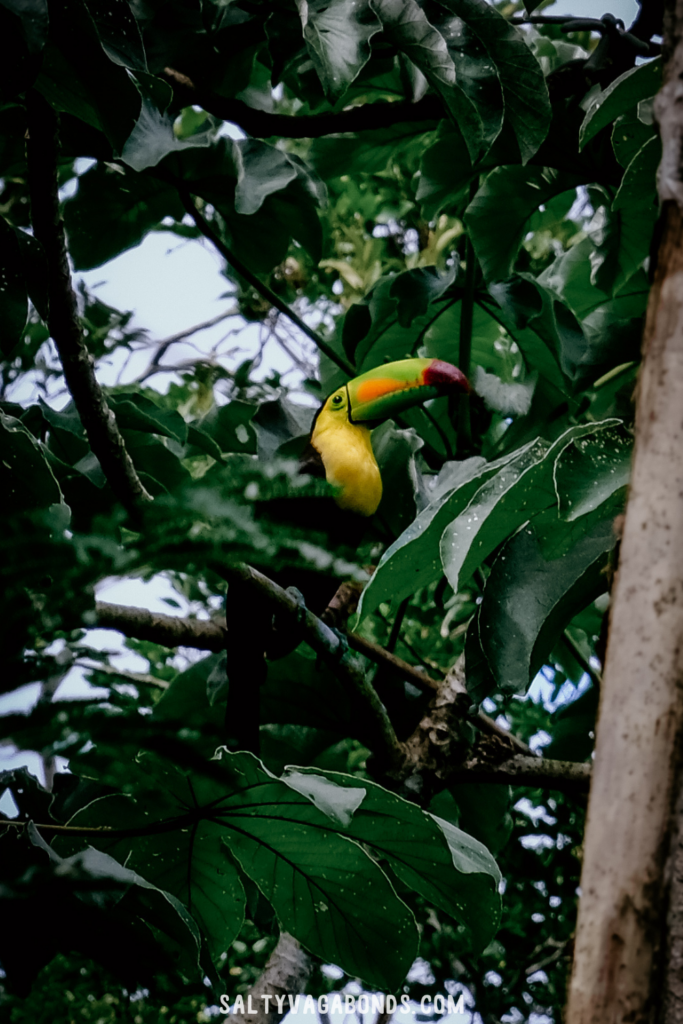
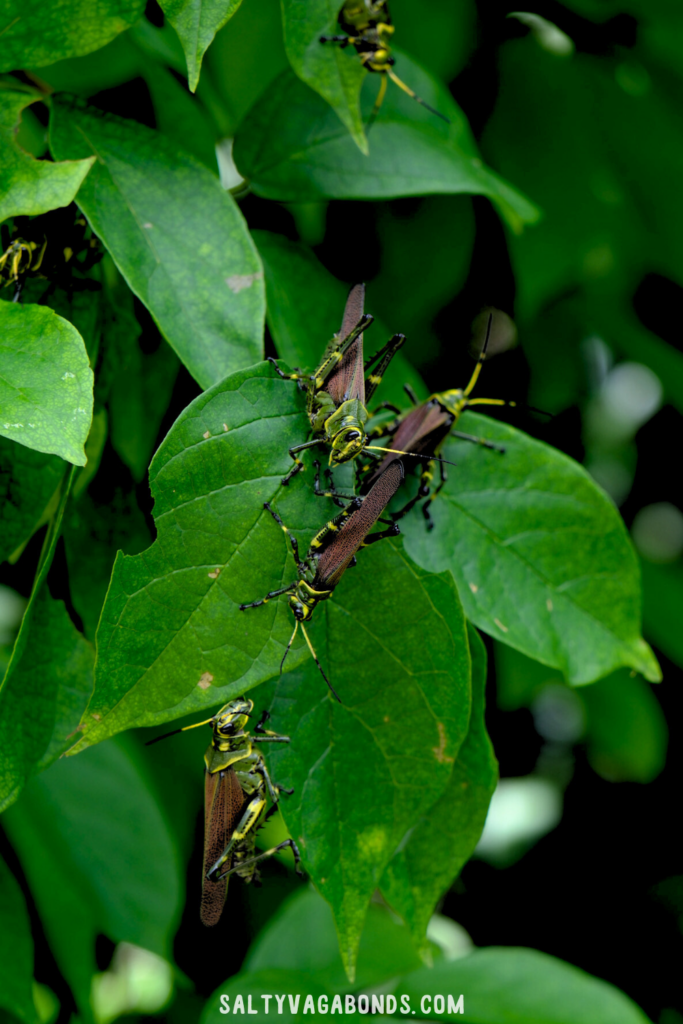
What makes these spots stand out? They’re massive, allow you to freely explore, and offer solitude with fewer crowds, perfect for those seeking a quieter, more immersive experience. Plus, many of these sites still allow you to climb the pyramids, which is such an unforgettable adventure. Bonus? These remote sites give you a shot at spotting wildlife like howler monkeys, toucans, or if you’re super lucky, even a black jaguar!
Leave a Reply Cancel reply
You must be logged in to post a comment.
Our Story
Message in a
bottle?
Join our Newsletter! We're sharing monthly tips & tricks for travel, discounts & more.
Travel Blogs
About us
Contact
Tips & Tricks
hello@saltyvagabonds.com
Link in Bio
Work With Us
SpaceA Military Flights
Santa Fe Travel Guide
Visit Disney Aulani Hawaii
Family Packing Guide
Our Photography Gear
Plan Your Travel
See you soon!
Planning
Tips
Destinations
Oceania
North America
Europe
Asia
Bali
Japan
Korea
Malaysia
singapore
Thailand
Vietnam
France
U.K.
Germany
Canada
Mexico
usa
French Polynesia
Micronesia
Hawaii
Guam
Indonesia
All Travel Blogs
Destinations
Planning
Tips
Destinations
Travel Tips
Planning
About us
Hotels
via Booking.com
Car Rental
Book a Bus/Train/Transfer
Find Cheap Flights
Get ESIM or SIM Card
Easy Currency Exchange
Book Tours & Attractions
Get Travel Insurance
via Discover Cars
via Skyscanner
via 12Go
via Wise
via Viator
via Visitors Coverage
via SimOptions